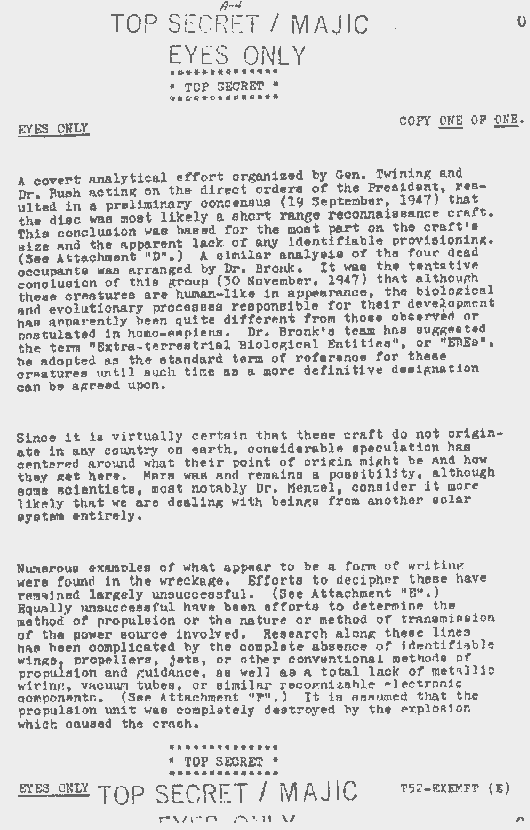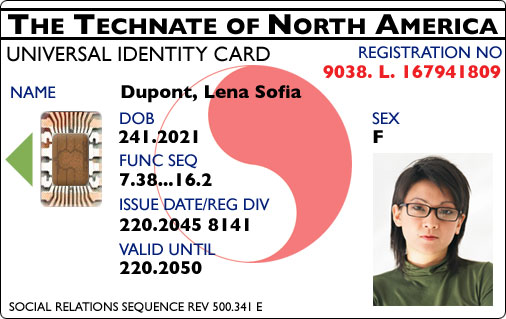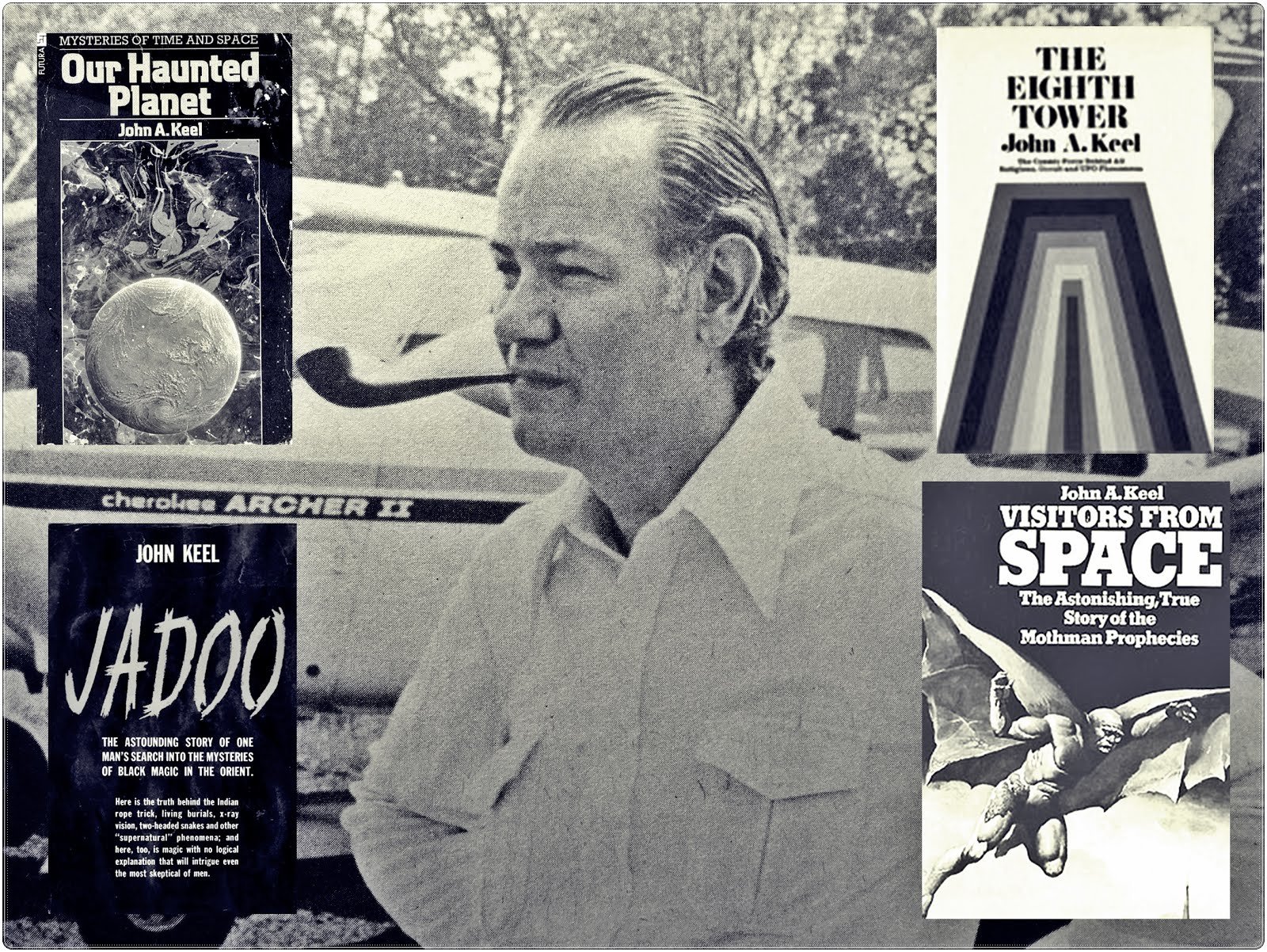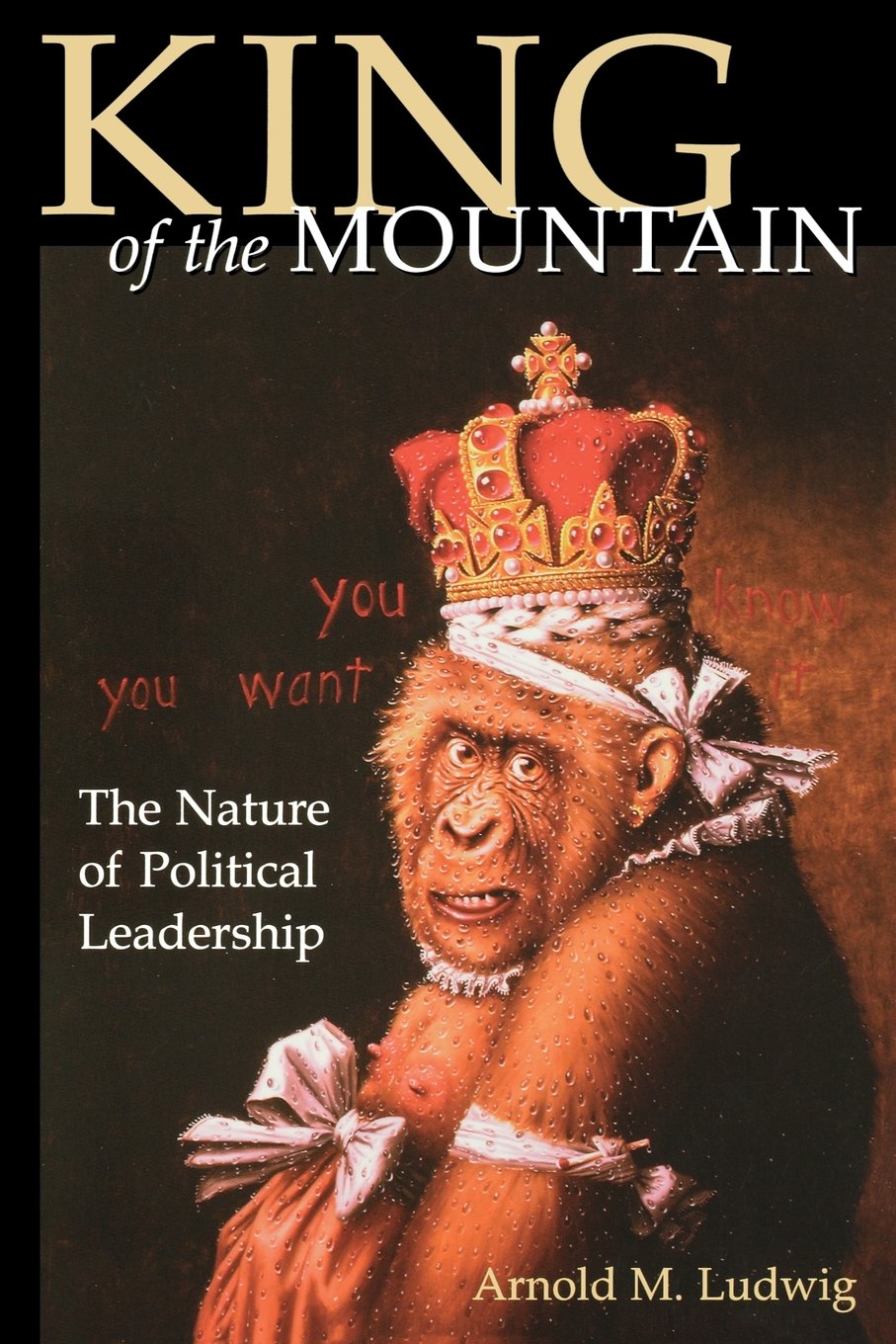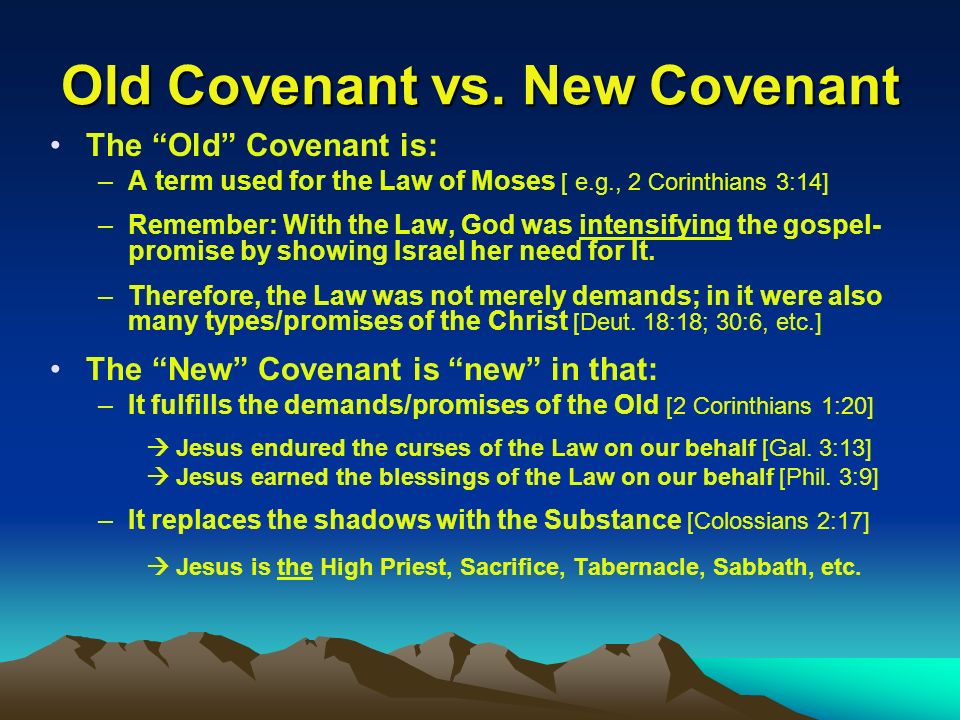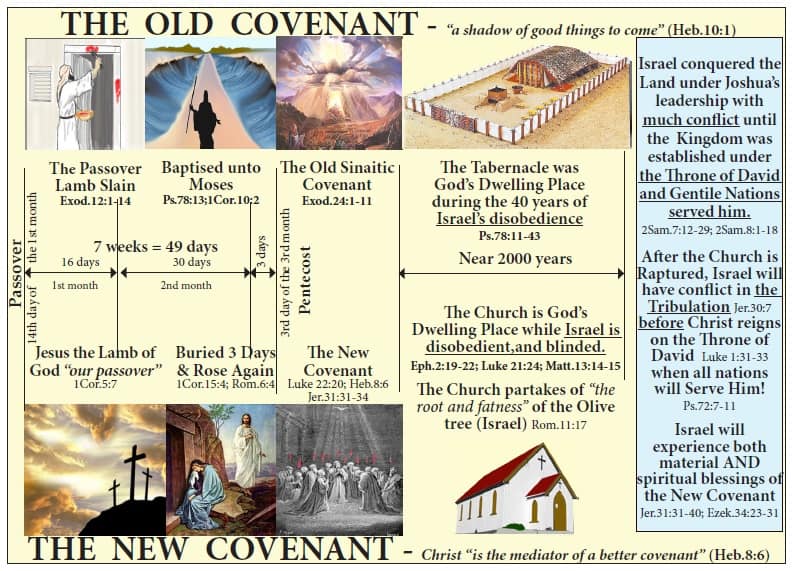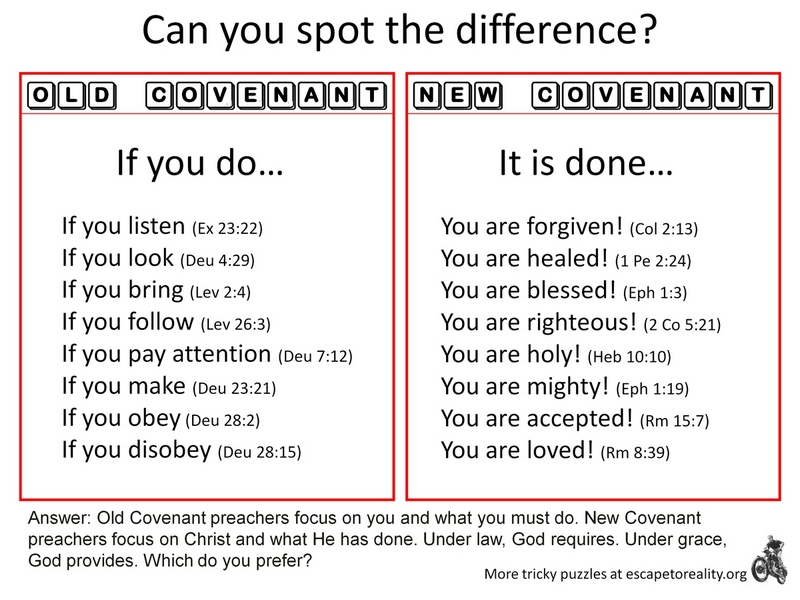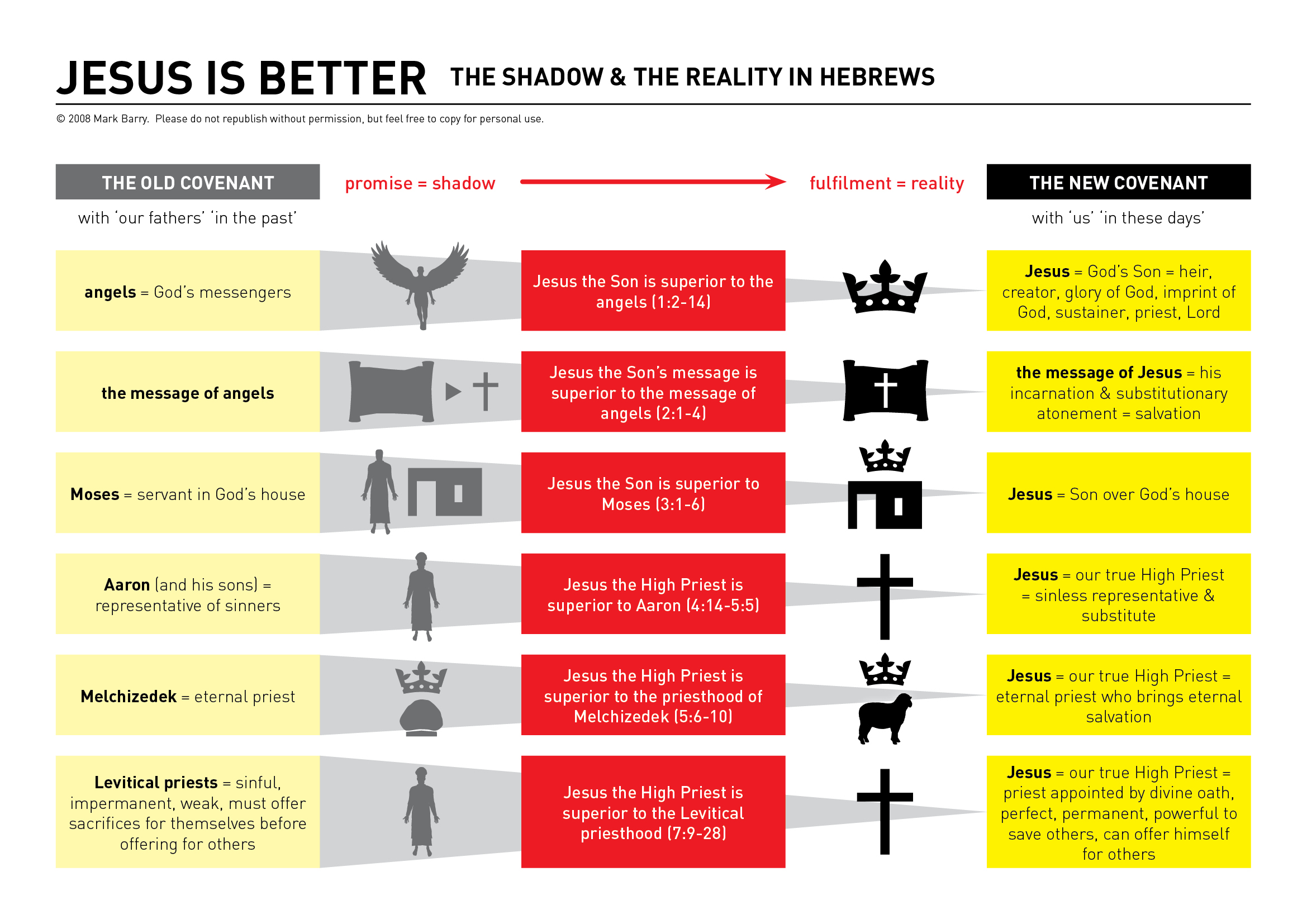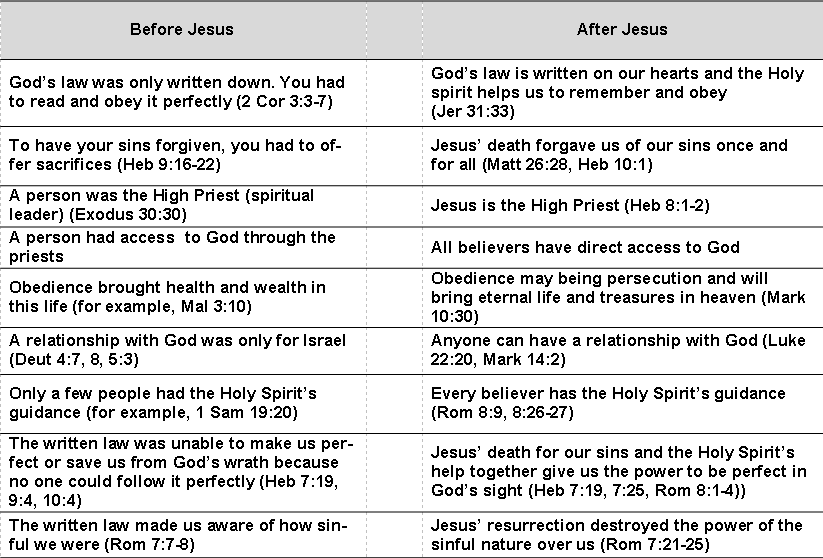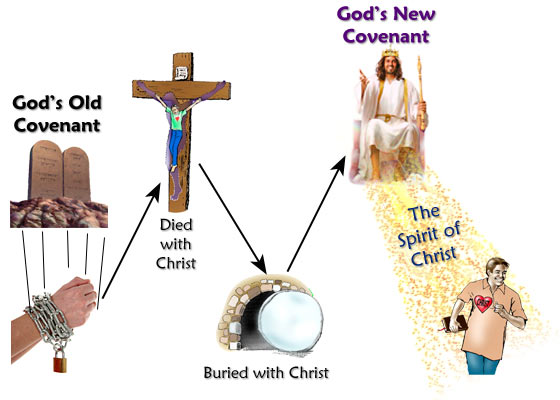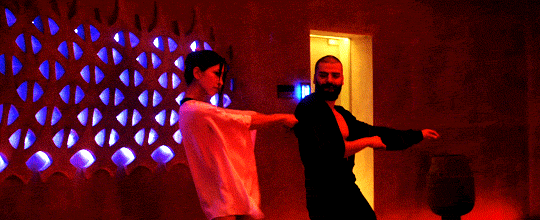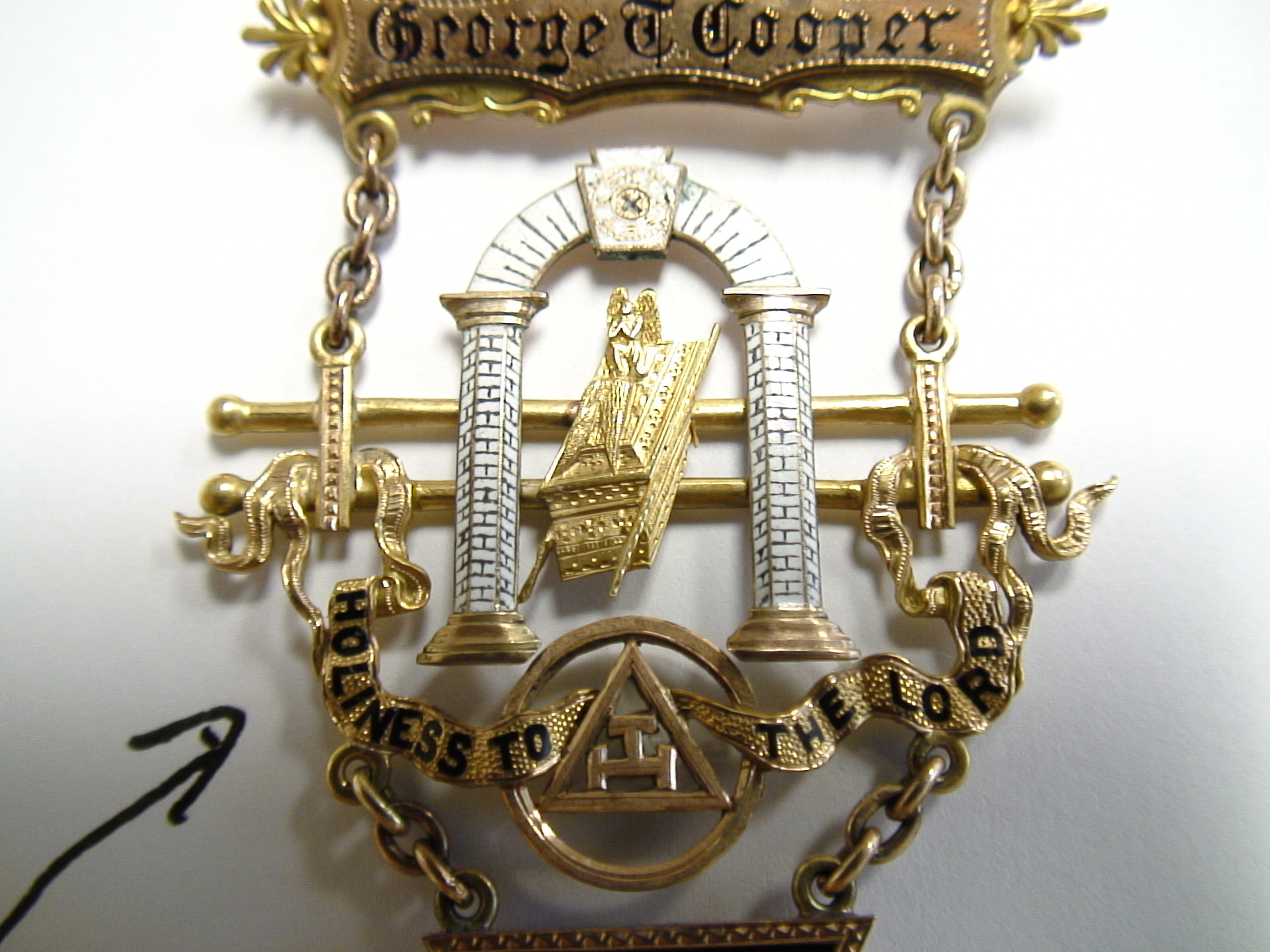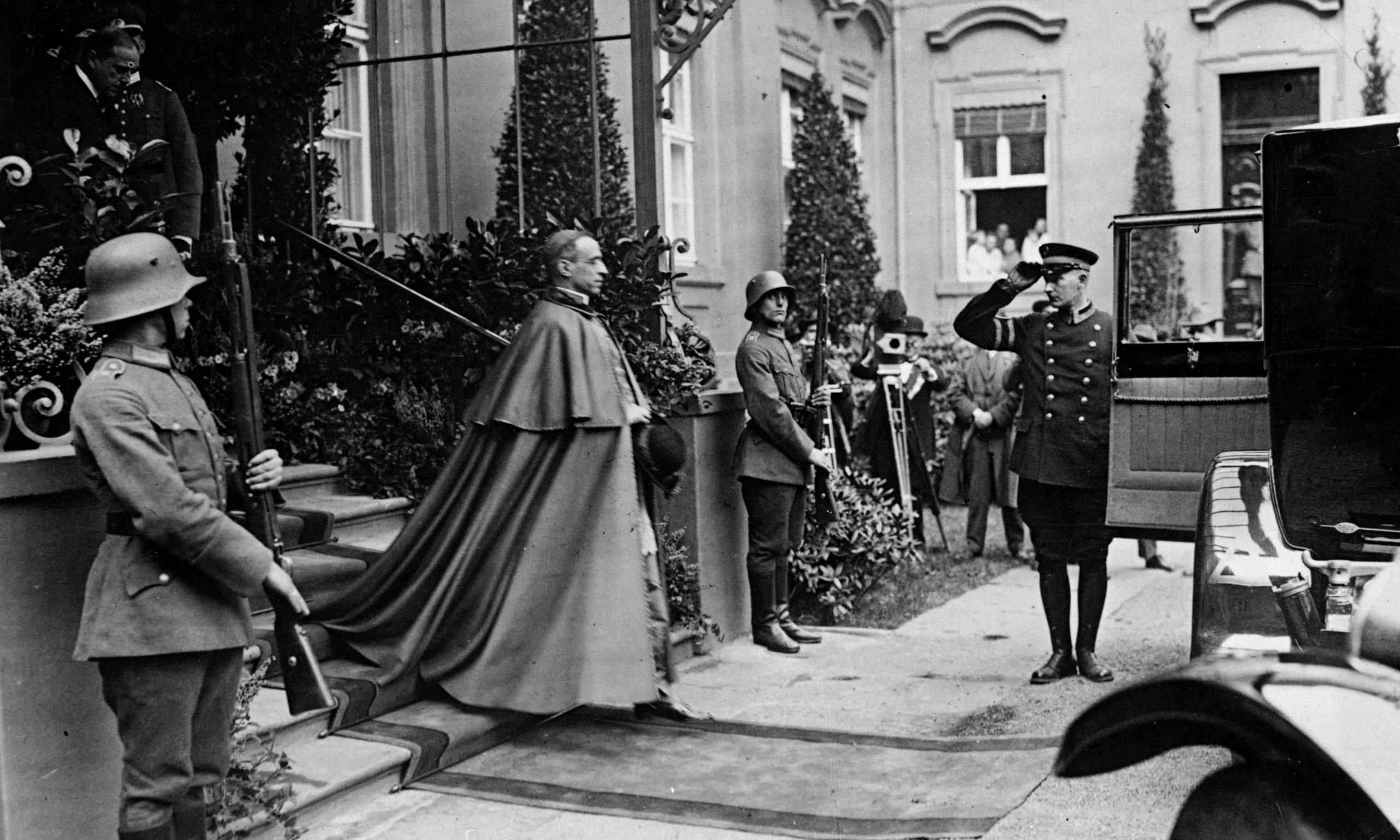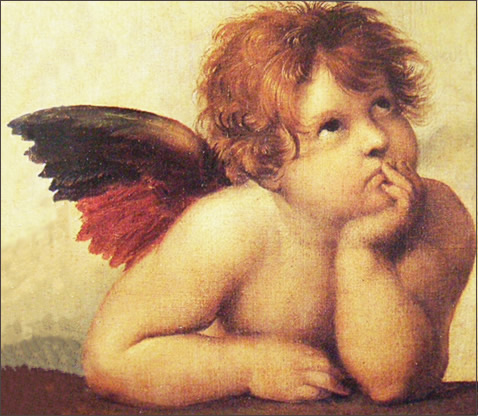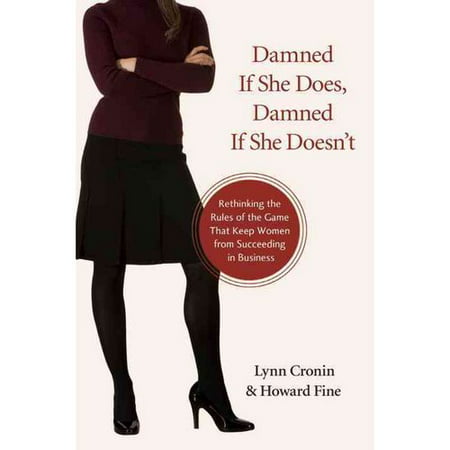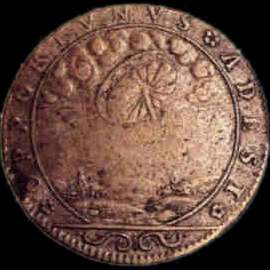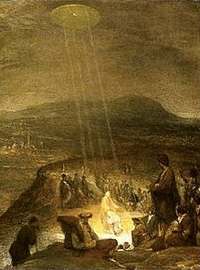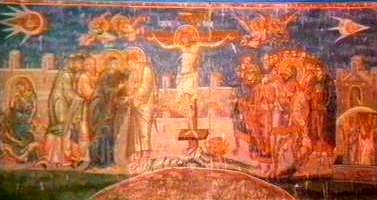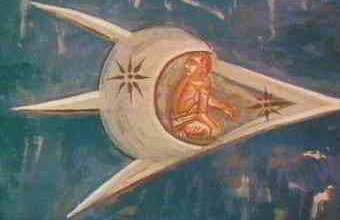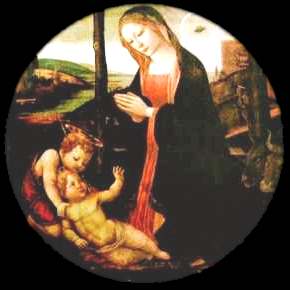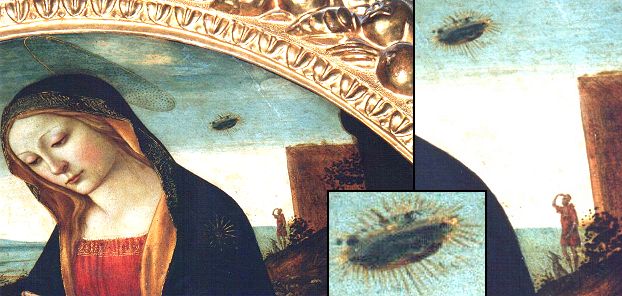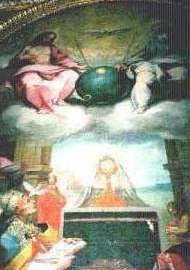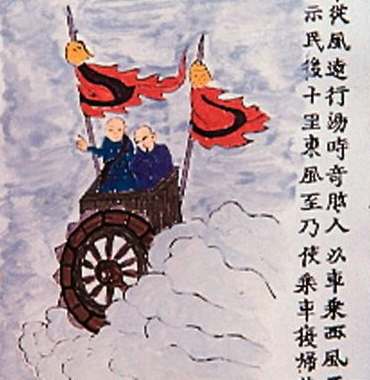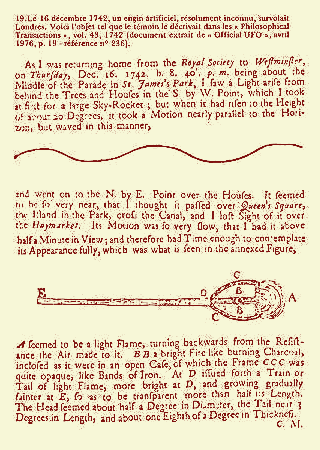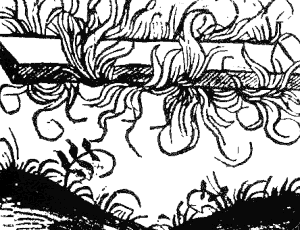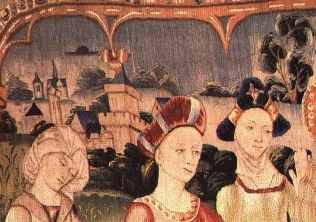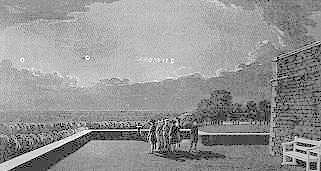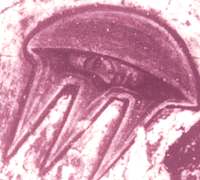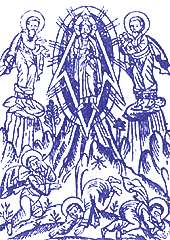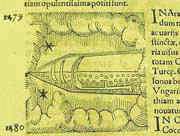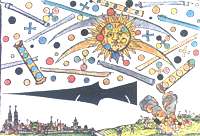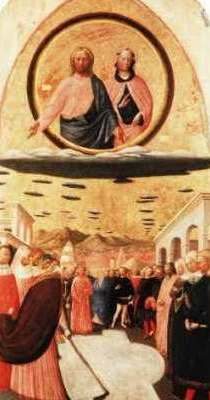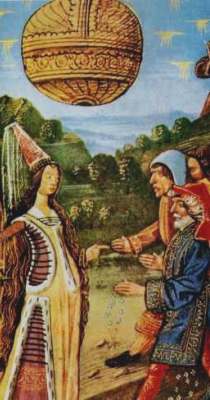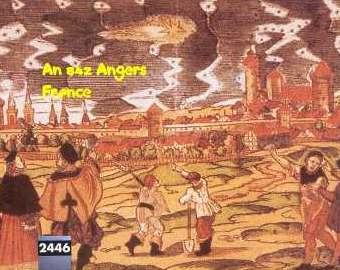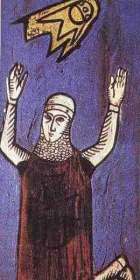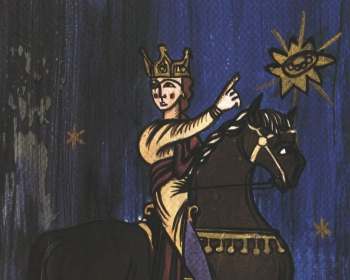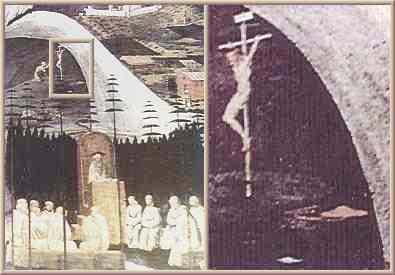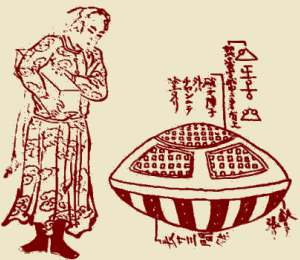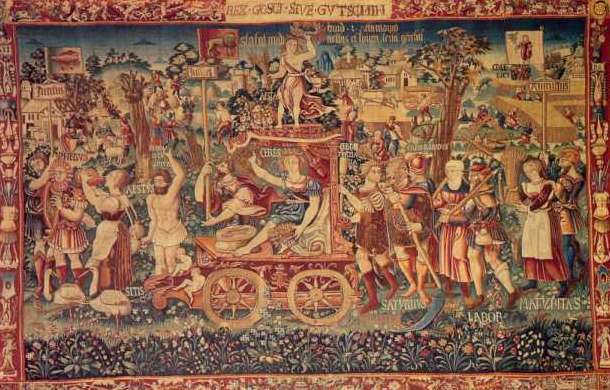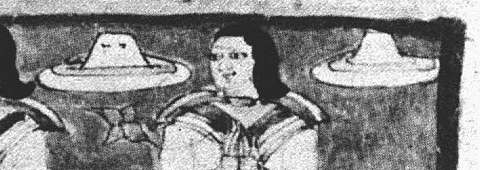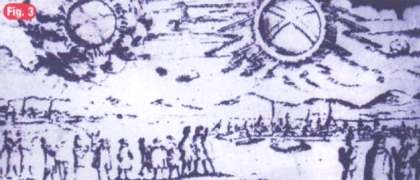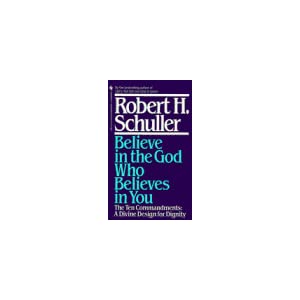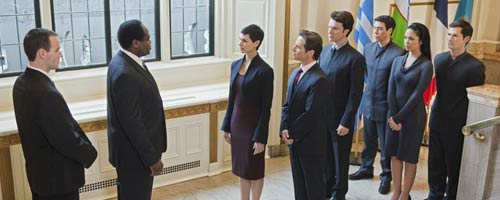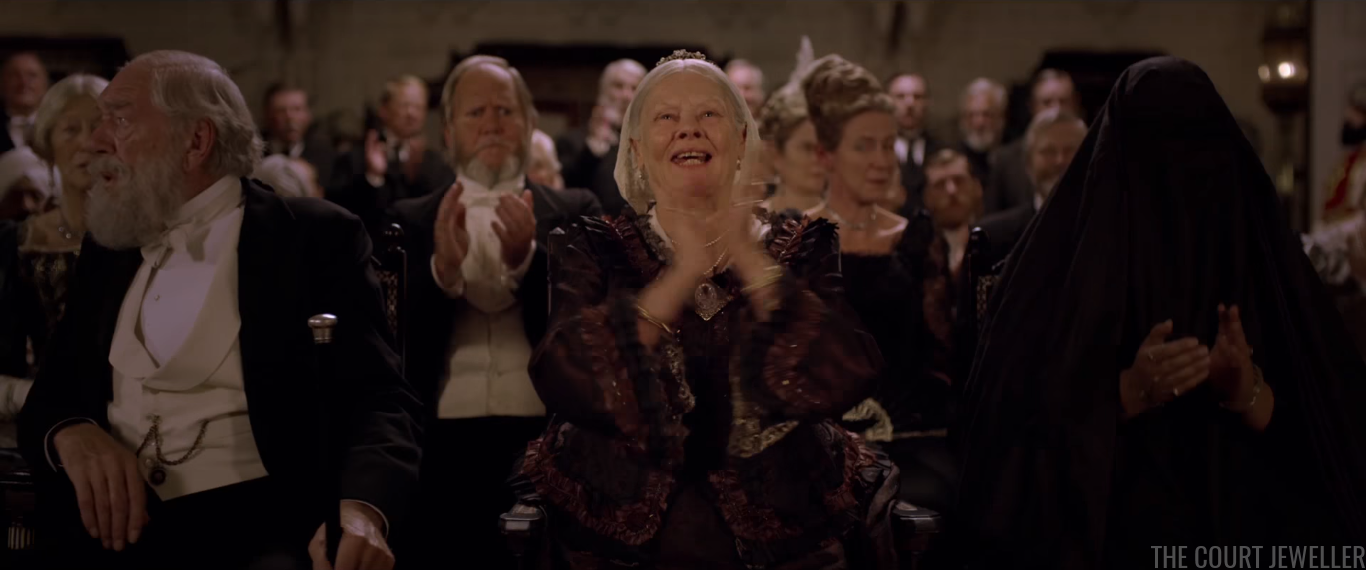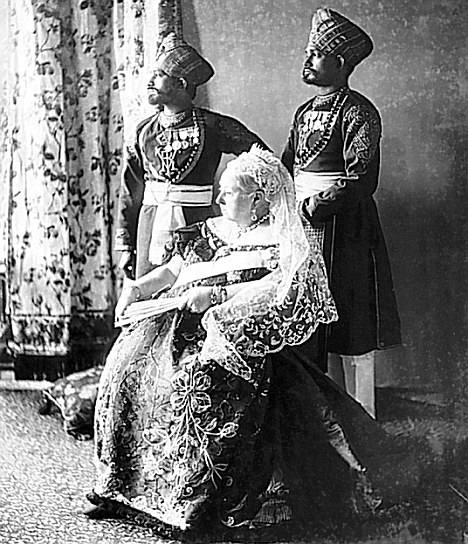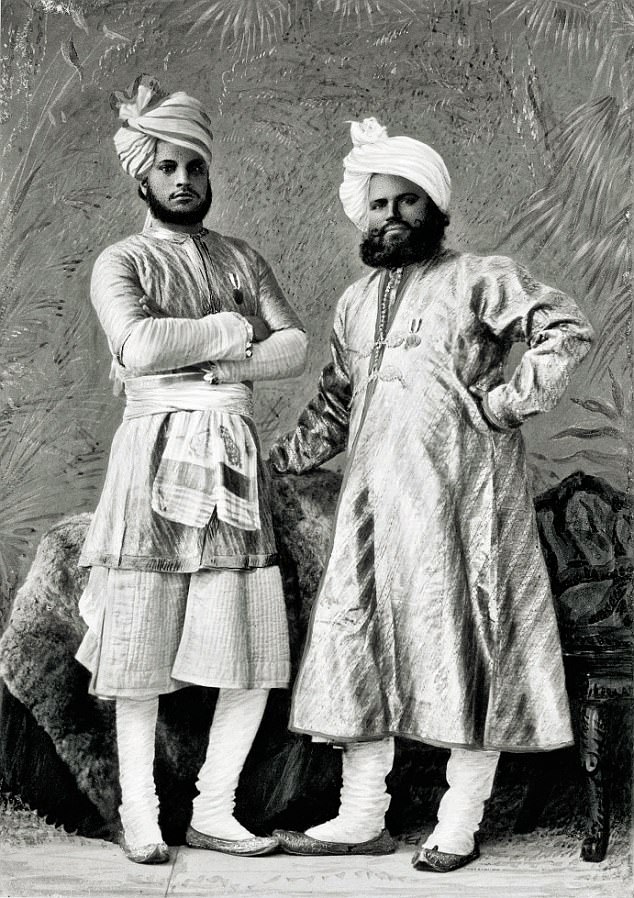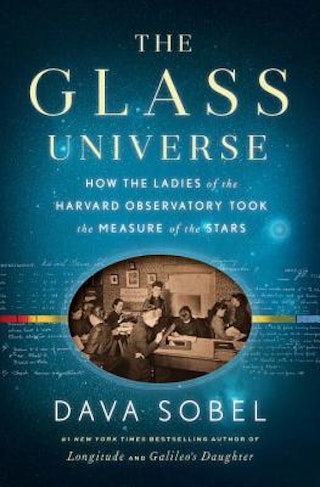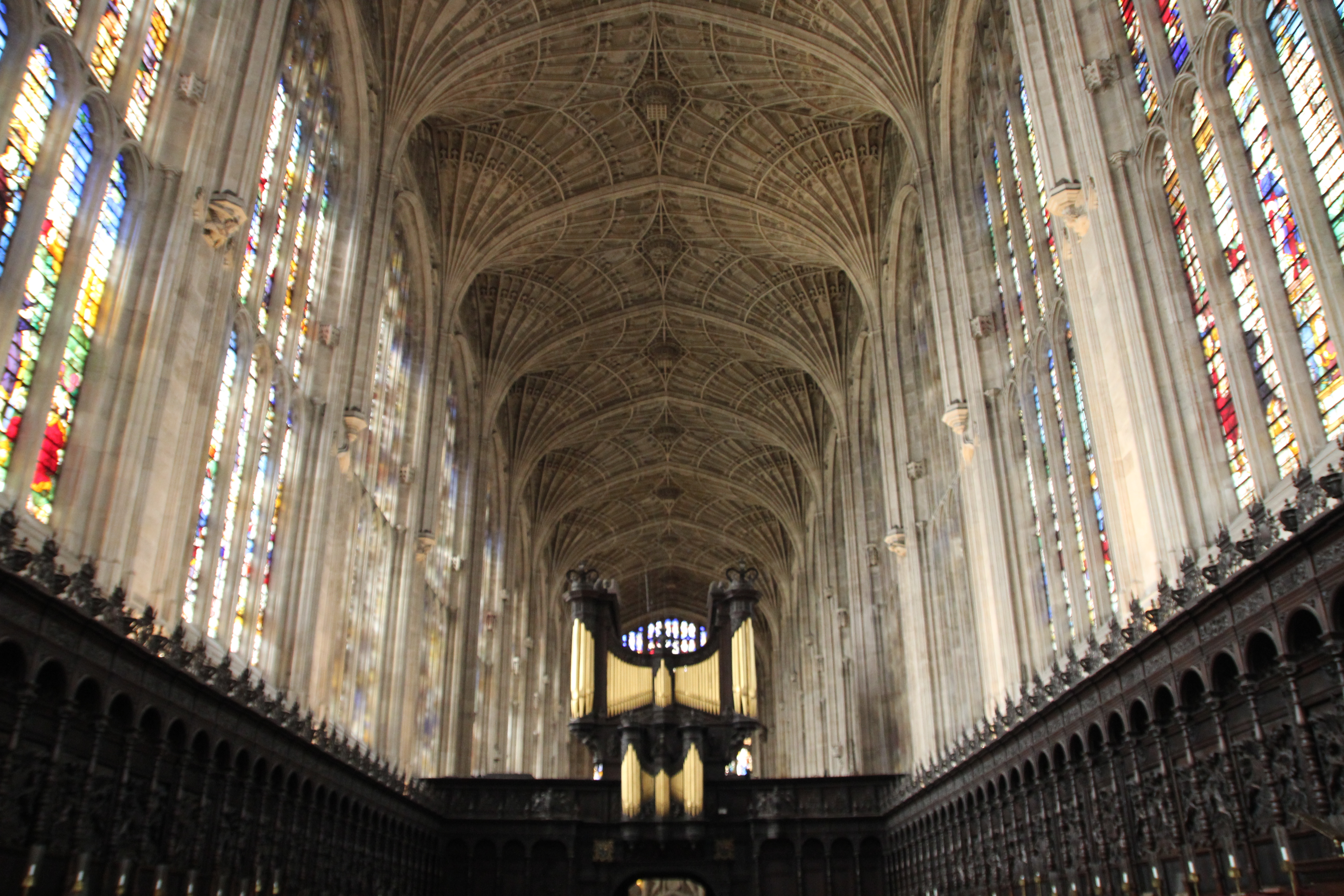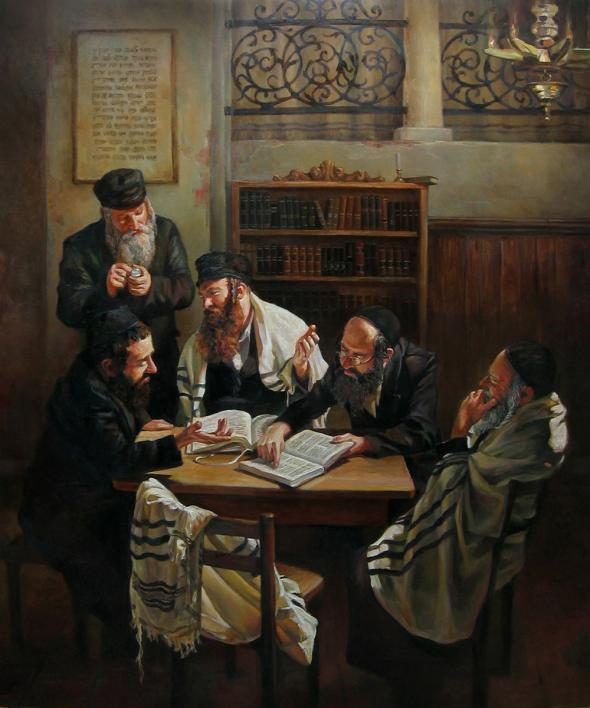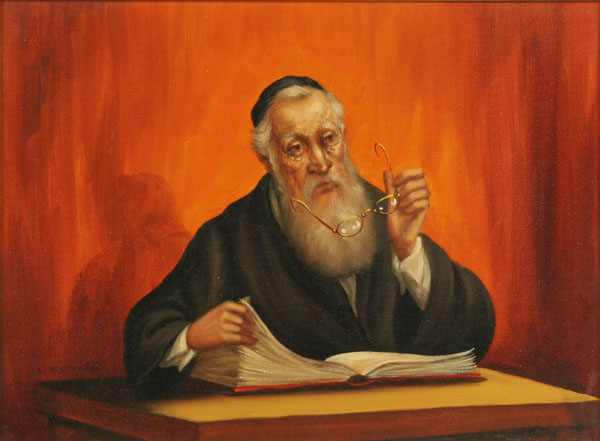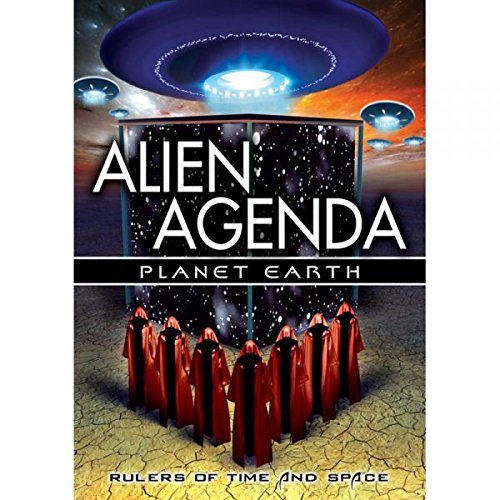
As we head into the Christmas Season of Shopping and Services, I'm becoming somewhat Christocentric, but not necessarily in a traditional politically-correct manner. My United States of the Solar System conceptualization is firmly-rooted in Experimental Science-Fictional Politics, Religion, Education, and Employment. My work is probably more bizarre and chaotic than a Jackson Pollock masterpiece!! This pseudo-intellectual study is NOT for the Casual-Observer!! It is for Seasoned Sirius-Researchers!! Researchers Beware!! If you REALLY study this stuff, you might go crazy (temporarily or permanently)!! By 2030 my threads will probably seem mighty-tame in comparison!! I'm seeing those Streaming White-Lights much more often!! I continue to suspect that I have been HIGHLY Messed-With (for better or worse, I know not). I honestly think we're in the middle of a VERY Nasty Power-Struggle of Biblical-Proportions which the General-Public is beginning to experience in Real-Life. Unfortunately, I believe it will get MUCH Worse rather quickly. The Final-Movements Will Be Rapid and of a Startling-Nature!! The Horror!!
I have suggested that there is a good-side and a bad-side to BOTH the Bible and the Writings of Ellen White. I have suggested that the SDA Bible Commentary is a reasonable (though difficult) Middle-Way. What Would the Anglicans Say?? This is frankly a game which most people can't or won't play. I've suggested wrestling with the madness, without saying or doing much of anything with it. The material I include in my threads are often difficult and disorienting. Once again, I am including this stuff for seasoned-researchers, and not the general-public. I try to cover at least a couple of sides of the issues I address. This is to help us think, rather than telling anyone what to think and/or do. I think the Info-War is just going to get worse and worse. Regarding the following articles, I've sat in the classes of Dr. Fred Veltman, and he was quite the scholar and gentleman. Ellen White claimed that an Angel spoke to her on a regular basis. I hate to say it, but what if the Angel used sources without giving credit?? What if the Angel was the God of This World?? I think it's interesting that Vincent Ramik, a Roman Catholic attorney, was hired by the SDA church, to investigate the plagiarism-charge against Ellen White!! http://www.whiteestate.org/issues/ramik.html What if the God of the SDA church was (and is) the God of the Roman Catholic church?? What if the God of This World has deliberately and methodically afflicted This World with The Great Controversy Between Christ and Satan (for thousands of years)?? I have suggested that a particular Angel has run this solar system for thousands of years, going way-back to the Garden of Eden (for better or worse, I know not)!! I have suggested that the reprehensible might've been inevitable and unavoidable, but I have no-idea about the true state of affairs, going way, way, way back!!
Once again, I think it will be necessary to know the Whole-Truth about our Whole-History!! Perhaps this will occur in an Investigative and Executive Judgment. I suspect an Ancient Other Than Human Race, going way, way, way, way back. I further suspect a Recent and Renegade Human-Race in conflict with the Original Ancient-Race, but I certainly don't know the details. I think the Bible and the Writings of Ellen White offer significant-clues, but that this study is just the beginning of understanding the Real-Story. I don't think this is a nice-story at all. All of Us might be forced to face-reality in the near-future, whether we like it or not. To say it again, I suspect a Relatively-Nice Original-Creator or Genetic-Engineer of Humanity, who was overthrown by a Not So Nice Replacement God of This World, for legitimate or illegitimate reasons, I know not. Beware of Deliberately Inflicted Murder and Mayhem. I think this thing might get REALLY Ugly and Nasty!! Some of you laugh and scoff at me because I seem to be lazy and stupid, but if you agonized over what I agonize over, each and every day, you'd probably be in a lot worse shape than I am. I really just want to let this stuff go for a while. Now I'm HONESTLY going to try to go away for a while. I'll try to maintain Responsible-Neutrality. Give until it hurts, and then Agonize until it hurts. The more you Suffer, the more it shows you really Care. What Would The Offspring Sing?? What Would Noodles Do?? This Thing Might NOT Be Over for a Very Long Time. Namaste, Godspeed, and Geronimo.
The Desire of Ages Project: The Data
by Fred Veltman
(Ministry, October 1990)
In 1982, Dr. Fred Veltman, then chairman of the religion department of Pacific Union College, was asked by the Seventh-day Adventist church to analyze the charges of plagiarism brought by Walter Rea and others against Ellen White. Dr. Veltman spent eight years at church expense estimated at $450,000, studying The Desire of Ages. His research was printed in the Adventist church's official magazine for clergy named Ministry.
The fact that Ellen White used literary sources in the production of her writings has been known for more than a century. But in January 1980, Walter Rea, then an Adventist pastor in Southern California, presented evidence that Ellen White's literary dependency was greater than had been recognized previously. The nature and scope of her literary borrowing, however, particularly for any given book other than The Great Controversy, was still a matter of speculation. How much verbatim material was there in her writings, especially her narrative, descriptive, and theological commentaries on Scripture? To what degree was she dependent upon literary sources? Do her comments reflect the influence of other writers? From what writers did she borrow and from what kind of books? Did Ellen White do the copying herself, or was it done by her literary assistants? Could she have unconsciously used the literary expressions of other authors—did she have a "photographic" memory? These and similar issues had to be addressed before one could treat the charge of plagiarism leveled against Ellen White, and the questions being raised over the nature of her inspiration.
The General Conference of Seventh-day Adventists sponsored an in-depth investigation into Ellen White's use of literary sources in writing The Desire of Ages. The research, which spread over a period of almost eight years and involved the equivalent of five years of full-time work, was completed about two years ago. Adventist colleges and universities throughout the world received copies of the full report on this in-depth study. All of the Ellen G. White Estate research centers also carry a copy of the final document.
Space requirements dictate that my comments focus on the conclusions of the investigation. But for the benefit of those readers who may not be acquainted with the study, I will briefly touch on its textual base and methodology. And for those who may be interested in my own reaction to the results of the research, a personal postscript accompanies the concluding article of this series. I make no attempt here to document or argue the evidence supporting the conclusions.
The Ellen White textual base
The Desire of Ages includes both narrative and theological commentary. Nearly every chapter is based upon a portion of Scripture. If Adventists were concerned about Ellen White's use of sources, this book, perhaps the best loved of all her writings, was the obvious text to study.
Ellen White's motivation to write The Desire of Ages stemmed from her desire to prepare a more complete and accurate portrayal of the life of Christ than was contained in The Spirit of Prophecy, volumes 2 and 3, a new book that Adventist colporteurs could sell to the public. For nearly 40 years she wrote on this subject, finally having The Desire of Ages published in 1898. She became so caught up in the subject that she produced enough material to fill two additional books, Christ's Object Lessons and Thoughts From the Mount of Blessing. Much of what she wrote for The Desire of Ages first saw publication as articles in various Adventist journals.
Initially we researchers were assigned to study the entire text of The Desire Ages—all of its 87 chapters and more than 800 pages. We soon found we had neither the time nor the staff to tackle a project of such scope. To reduce the textual base to manageable size, we asked statisticians to select 15 chapters that would serve as a random sample of the full text.
Ellen White did not write The Desire Ages chapter by chapter from scratch. Rather, for the most part it was compiled from her earlier writings. So the pre-1898 unpublished manuscripts and the articles published prior to that year afforded a textual base more representative of her own handiwork. Using the subject matter of the 15 chapters as our control, we searched all the earlier writings of Ellen White to locate the letters, manuscripts, and articles in which she had written on these same subjects. To distinguish these texts from the text of The Desire of Ages (DA), we have designated them pre-DA.
Methodology
We were commissioned to study Ellen White's use of literary sources. For an investigation of this type, the obvious research method is source analysis, or what is commonly called source criticism. In this kind of study, the researchers select literary subunits to serve as the basis for comparing the major text and the possible source texts. They establish criteria to permit them to find the literary units that are parallel and to determine the degree to which the two units resemble each other. We selected the sentence as the unit of comparison. The 15 chapters of the DA text contained 2,624 sentences, and the pre-DA text furnished 1,180 sentence units.
We also established a scale of seven levels of dependency. The criteria differentiating between these levels of dependency were the amount of verbatim words and the order of the elements in the sentences. For instance, if a sentence from an Ellen White text was in every respect identical to one in a source text, we labeled it "strict verbatim" and gave it a dependency value of seven. In cases where the sentences were identical except that an obvious synonym had been substituted for a word, we identified the sentence as "verbatim" and gave it a value of six-indicating that it had a lesser degree of dependency than "strict verbatim" with its value of seven. When the Ellen White text and the source were identical because both writers were depending directly on Scripture, we labeled the sentence "Bible quotation" and gave it a dependency rating of zero. When there was no clear indication of literary dependency, we called the sentence "independent" and gave it a dependency value of zero - even when the content of her DA text was very similar to that of a source text.
Literary dependency is not limited to parallel sentence structure and verbal similarities. Authors may also consult sources for the arrangement of the sentences and the thematic development of a chapter. So our analysis of the DA text included a study of possible editorial or redactional dependency. In our investigation we examined more than 500 works, mostly nineteenth-century works on the life of Christ. Of course, Ellen White was not limited to this type of literature when she wrote on the life of Christ. She also had access to sermons, devotional books, Bible society tracts, Bible commentaries, and general Christian literature, and could have borrowed materials from any of these sources. In view of the fact that we did not review all the life-of-Christ materials available to Ellen White, much less the literature from other genres she is known to have read, there is no way this probe could be called complete or exhaustive. So the reader must consider the summations and conclusions that follow as minimal if not tentative findings, even though we made every possible effort to conduct a thorough and careful study.
Summations
From the outset of the study and throughout its long course I constantly faced questions relating to the conclusions. What do you think you will discover? Will you be able to report the results of your study without having your ministerial credentials revoked? Will the church publicize your findings? Have you changed your views on Ellen White? Do you still believe that she was inspired? Did her secretaries do the copying? Did you find any disagreement between her writings and Scripture? Do you think a believer has any right to look for sources behind inspired writings? Do you think the writers she used were inspired?
Marian Davis compiled Ellen White's earlier writings on Christ's life into scrapbook form. It was from this collection that the DA text was developed. While these inquiries were appropriate and appreciated, they were not the issues troubling me. I had other concerns. How could we approach the analysis of the textual data fairly and consistently? How accurate would our conclusions be when based upon a random sample consisting of 15 chapters of varying length, content, and source dependency? Could our conclusions serve as valid generalizations about the entire text of The Desire of Ages and Ellen White's method of writing her books, particularly her commentaries on the great controversy between good and evil as covered in Scripture? My solution was to study each chapter in terms of its own special nature. I hoped that I would be able to let the data determine the questions to be asked, and I endeavored to be open to any new insights, even new perplexities, that might emerge from the analysis. In the end I developed a list of 14 questions that I asked in regard to each chapter. I hoped that these questions would help to keep my analysis focused and consistent despite variations in the text and possible changes in my outlook as the study progressed. It became very clear to us that it was Ellen White herself who was copying from the sources.
In what follows, I present the 14 questions and the corresponding summary statements derived from our analysis of the 15 chapters. The statements, of course, present in abbreviated form what is more fully laid out in chapter XVIII of the report. The questions and answers offer further clarification on the nature and scope of the study and largely form the evidence supporting the five general concluding statements that I give in the second article.
1. Do we have any original (hand-written) manuscripts of Ellen White on the DA text?
No chapters have been located in either handwritten or copy form. Several sentences from three chapters have been found in Ellen White's diaries, and significant portions of three additional chapters were developed from manuscripts dating from 1897. Handwritten and copied texts exist for portions of the pre-DA text, treating the content of 10 of the 15 chapters.
2. Does the DA text represent an increase or a reduction in the coverage of topics Ellen White treated in her earlier works? And if she enlarged her coverage, is the expansion to be accounted for by a greater dependency on sources?
No consistent answer emerges. Some topics receive more attention, and others less. Where the commentary has been extended, we also find more independent material. The DA text generally represents a lesser degree of dependency than does the pre-DA text, and the longer chapters of DA show no greater use of sources than do the shorter ones.
3. How does the content of the DA text compare in general with the content of Ellen White's earlier writings on the life of Christ? Can we detect any influence of the sources on the content?
Doing source analysis involves giving some consideration to content, but finding a definitive answer to this question would require a separate study. Generally speaking, there is strong agreement between the later and earlier writings except where the earlier text needed revision. No doubt much of the agreement results from the use of the same sources for both the earlier and later writings. The DA text manifests a stronger spiritual appeal, no doubt because of the evangelistic purpose that motivated and guided its production.
4. Are there any significant differences between the DA text and the pre-DA text?
Differences appear in the order of events in the life of Christ, in how the two texts harmonize the Scripture accounts, and in DA's exclusion of some extrabiblical stories contained in the pre-DA text. No doubt the sources influenced to some degree the chronology of Ellen White's narrative account and the thematic arrangement of some of her chapters in the DA text. It is not always possible to tell when the revision is the result of the source's influence or of a closer reading of the biblical account.
5. How much of the DA text reveals literary dependency?
6. What is the extent of Ellen White's literary independence in writing DA?
7. What is the degree of dependence of the DA text?
Questions 5, 6, and 7 address the basic issue of literary dependency. Of the 15 chapters, 2,624 sentence units, we found 823 (31 percent) to be in some degree clearly dependent upon material appearing in our 500-plus literary sources. We found that 1,612 sentence units (61 percent) showed no verbal similarity to any of the sources we investigated. The average dependency of the 823 dependent sentences rated just a little higher than the level of "loose paraphraser" (3.3).
8. What major works were used by Ellen White in writing the DA text?
We found 10 books from which Ellen White drew 10 or more literary parallels per The Desire of Ages chapter. The Life of Christ, by William Hanna, heads the list with 321 source parallels. Night Scenes of the Bible and Walks and Homes of Jesus, both by Daniel March, come in second with 129 parallel sentences. Ellen White drew from Hanna's work for nearly every one of the 15 chapters. But she tended not to use the other sources in such a general way, tending rather to draw mostly from a single source for each chapter that we found to be dependent. Which other source she used varied from chapter to chapter.
9. What additional sources contributed to the DA text?
In addition to the major sources, we found that 21 works written by 20 authors had a minor impact on the 15 chapters. Two authors had works in both the major influence and minor influence categories.
10. What literary sources were used in the composition of the pre-DA writings?
Marian Davis compiled Ellen White's earlier writings on Christ's life into scrapbook form. It was from this collection that the DA text was developed. As a result of this method of book production, many source parallels appearing in the DA text make their first appearance in these earlier writings. Exceptions to this expected duplication in literary parallels occur when the earlier text is not included in the DA text or when DA treats content not found in the earlier materials. Our study revealed that the works of Hanna and March figure heavily in the earlier texts that were taken over into DA. In the Ellen White manuscripts on Christ's life that were not used in forming the DA text, there are literary parallels from the works of Frederic Farrar, John Harris, Henry Melvill, Octavius Winslow, and others.
11. How does the DA text compare with the pre-DA text in the use of literary sources?
When we first formulated this question, we had planned to evaluate every sentence of the earlier writings, but time and staff limitations prevented such a thorough study. We did examine this earlier material for its use of sources and found that in most cases it showed either the same level or greater levels of literary dependency than did the DA text. Out of the 1,180 sentence units reviewed, we noted 879 dependent sentences. We found 6 strict verbatim sentences, 80 verbatim, 232 strict paraphrase, and 232 simple paraphrase. The average rate of dependency of the pre-DA dependent sentences was 3.57, compared with DA's rate of 3.3. As we carefully studied the nature and degree of literary dependency of these early materials, which included Ellen White's personal journals, it became very clear to us that it was Ellen White herself who was copying from the sources. We need not look to the work of her secretaries to account for the source parallels found in her writings.
12. How does the content of the dependent sentences compare with that of the independent?
We found no significant differences in content. Both types of sentences include descriptive, devotional, spiritual, and theological commentary and moral exhortation. Both types contain details such as one might expect in an eyewitness account or as having come from a vision. The differences we noted involve the way reality is affirmed and the number of sentences or degree of emphasis given to a particular topic. Ellen White's independent materials often extend the descriptive, spiritual, theological, or devotional commentary. And where the source is suggestive and indefinite as to what took place in the life and ministry of Christ, Ellen White is positive and definite.
13. Do the literary or thematic structures of the chapters of the DA text reflect the structural composition of the sources, apart from the common influence of the Bible?
Even though most DA chapters reflect the dominant use of one source, most of them contain parallels from more than one source. So the final compositions exhibit their own overall structures rather than those of any given source. Several chapter sections appear to reflect specific Ellen White manuscripts. Ellen White's earlier manuscripts do not reflect multiple sources to the extent the DA chapters do. Evidently in writing them she used one source at a time as she worked on a given topic or aspect in Christ's life. When writing on the same topic on another occasion, she generally used a different source. The fact that DA chapters contain literary parallels from multiple sources more likely represents Marian Davis's conflation of several separate Ellen White manuscripts or journal entries than it does Ellen White sitting down with several sources to compose a chapter.
14. Are the pre-DA writings dependent on sources for their thematic arrangement?
In most instances her diary entries float freely from topic to topic, not offering extensive comment on any given subject. But where her pre-DA writings treat a topic, they usually follow the thematic development of the source. Particularly is this the case with her later manuscripts. However, we would remind the reader of the differences discussed under question 12. Though the basic structure of Ellen White's material usually depends upon the source, her emphasis often differs.
Hopefully this brief review of the 14 questions and their answers provides both a useful context and some justification for the few broad conclusions that follow in the second article (in the December issue of Ministry). These concluding statements may well apply to the entire text of The Desire of Ages, and perhaps to a number of Ellen White's other writings, as well. If not, they are - at least in my judgment - appropriate for the 15 chapters upon which this investigation focused.
Two Adventist journals have carried reviews of the report (Adventist Review, Sept. 22, 1988; and South Pacific Record, Apr. 15, 1989), but to my knowledge, nowhere have the full conclusions been published. For a while copies of the entire report and of the 100-page-long Chapter XVIII, "Summary and Conclusions", were available for purchase from the office of the president of the General Conference.
Because I was the project director, I am solely responsible for all the evaluations, the interpretation of the data, and the writing of the report. But I could not have carried out the project without the help of many others, most of whom are mentioned in the preface to the report. The random sample comprised the following chapters: 3, 10, 13, 14, 24, 37, 39, 46, 53, 56, 72, 75, 76, 83, and 84. In a few instances compound sentences were divided into two independent clauses and evaluated accordingly. The other levels of dependency were rated as follows: strict paraphrase, 5; simple paraphrase, 4; loose paraphrase, 3; source Bible, 2 (when the Scripture usage reflected the literary source); and partial independence, 1. I have in mind here such works as Patriarchs and Prophets, Prophets and Kings, and The Acts of the Apostles. We arbitrarily chose to classify any source supplying 10 or more literary parallels for any one DA chapter as a "major" literary source. The other major sources are:
John Harris, The Great Teacher;
Frederic Farrar, The Life of Christ;
George Jones, Life-Scenes From the Four Gospels;
Alfred Edersheim, The Life and Times of Jesus the Messiah;
J. H. Ingraham, The Prince of the House of David;
Francis Wayland, Salvation by Christ;
John Cumming, Sabbath Evening Readings on the New Testament: St. John.
Henry Melvill, "Jacob's Vision and Vow";
and Octavius Winslow, The Glory of the Redeemer.
In combining the two Nazareth visits into one chapter, DA chapter 24 seems to reflect the structure of March. Some evidence exists for arguing that chapters 46 and 76 also depend upon their sources for significant aspects of their literary arrangement.
by Fred Veltman
(Ministry, December 1990)
To what degree was Ellen White dependent upon literary sources in writing The Desire of Ages? Did she do the copying herself or was it done by her literary assistants? Could she have unconsciously used the literary expressions of other authors - did she have a photographic memory? Our lengthy and detailed investigation led to five general conclusions that cast light upon these broad questions posed in the introduction to the study. The conclusions are based primarily but not exclusively on the answers generated by the 14 questions we addressed to each chapter of The Desire of Ages (DA) text.1 They also include interpretations of the data, and to that degree involve personal judgment. I have tried, however, to separate my opinion from what I would argue the evidence indicates to be a fact. I have attempted to set forth the five concluding statements in as concise a manner as accuracy would allow. To understand properly the meaning intended, the reader should give careful consideration to the accompanying explanations and supporting arguments, brief as they are. As is true of most research activities, the process of drawing conclusions raised additional issues that in my view call for further study. I hope that the underscoring of these issues will challenge some readers to add their efforts to those of myself and others who have tried to shed more light on Ellen White's work and writings. It should be clearly understood that these questions are not offered to dilute the reasonableness of the arguments or to suggest that this investigation is incomplete, and that therefore its conclusions are invalid.
1. Ellen White used literary sources when writing The Desire of Ages.
The purpose of this fundamental claim, and for many an obvious truth, is to set forth clearly the following facts. It is of first importance to note that Ellen White herself, not her literary assistants, composed the basic content of the DA text. In doing so she was the one who took literary expressions from the works of other authors without giving them credit as her sources. Second, it should be recognized that Ellen White used the writings of others consciously and intentionally. The literary parallels are not the result of accident or photographic memory. In view of the fact that she employed editorial assistants, our clearest evidence of Ellen White's literary borrowing comes from her personal diaries and manuscripts. If we want to establish more precisely the degree of literary dependence, it would be well to study the manuscripts as they come from her hand, comparing both the dependent and independent sentences. Each manuscript should be treated as a whole. When we take the chapter as the basic unit of composition, we remove ourselves several steps from Ellen White's basic work. This first and fundamental conclusion never fails to elicit a further inquiry as to its implications. Implicitly or explicitly, Ellen White and others speaking on her behalf did not admit to and even denied literary dependency on her part. In the light of this study and other similar studies, what are we to make of such denials? I think that any attempt to address this problem should include a serious consideration of Ellen White's understanding of inspiration and of her role as a prophet. Such a study should be contextualized in terms of nineteenth-century views on inspiration, especially within Adventism.
2. The content of Ellen White's commentary on the life and ministry of Christ, The Desire of Ages, is for the most part derived rather than original.
In light of the data our source studies on the DA text provided, this conclusion might appear to some readers as being unjustified.' To those who have been told that literary sources played a minimal role in Ellen White's compositions such a statement may be incredible. Obviously this second general conclusion calls for some clarification. As I explained in the first article, source dependency involves more than verbal parallels. We must consider not only the DA text as it reads today, but also Ellen White's earlier writings, the thematic structure of her writings, and the content of her material even where no direct literary similarity exists. When we do so, we find that she depended on her sources to a much greater degree than the verbal similarities of the DA text to those sources indicate. We must not place too much weight upon arguments from silence. But it is worthy of note that the DA material that we classified as independent was often material dealing with topics not usually covered in a work on the life of Christ. Since our study was largely limited to this type of literature, the reader must consider our estimate of the level of source dependency in The Desire of Ages as conservative. In practical terms, this conclusion declares that one is not able to recognize in Ellen White's writings on the life of Christ any general category of content or catalog of ideas that is unique to her. We found source parallels for theological, devotional, narrative, descriptive, and spiritual materials, whether in reference to biblical or extra-biblical content. Ever since the recent surfacing of the issue of Ellen White's literary borrowing, the question How much? has had center stage. Adventists have tended to emphasize the uniqueness, the originality, of the content of Ellen White's writings. But in an ultimate spiritual sense Ellen White always insisted that her works were derivative. She received the information from which she wrote out her views through visions, through some sort of impression upon the mind, and from Scripture. She saw herself as a messenger of the Lord. I believe the issue that concerned her was the authority and truth of her messages—not their originality. For Ellen White, all truth ultimately originates with God.
This second conclusion suggests some areas for fruitful study. Even though we found parallels to sources in all of the types of the DA materials, perhaps we need to make a serious comparison of the content of the parallels and that of the independent sections. And it may be that we will find other distinctions when we study the other books published from her writings on the life of Christ Christ's Object Lessons and Thoughts From the Mount of Blessing. We also need to look at the content of her visions. Did she leave any record—what she saw and when—that would enable us to identify the vision content independent of her commentary on the life of Christ that exhibits the use of sources? And what about those times when she was impressed to write? Did she have revelatory experiences other than what is generally understood as a vision? Would the use of sources play any role in such experiences? There is also the matter of plagiarism. We have now identified several of the sources she used. We know the types of literature these sources represent. And we have an idea of the nature and extent of Ellen White's literary dependency at the level of her original writings. With all this data at hand, we should be able to examine the issue of plagiarism in terms of the literary conventions that governed the use of such religious works among her contemporaries.
3. The special character of Ellen White's commentary is to be found in its practical use of Scripture and in its stress on spiritual realities and personal devotion.
Though Ellen White's writings appear to have been largely derivative, they do not lack originality. A fair assessment of the evidence should not deny or underplay the degree of her dependence, but neither should it overlook or depreciate her independence. Despite her lack of formal education and her dependence upon literary sources and literary assistants, Ellen White could write. She obviously had the ability to express her thoughts clearly. She was not slavishly dependent upon her sources, and the way she incorporated their content clearly shows that she recognized the better literary constructions. She knew how to separate the wheat from the chaff. It may not be possible to identify Ellen White's "fingerprint" in the material that Marian Davis edited, but certain features of her work are readily apparent. She did not approach the biblical text as a scholarly exegete. Rather, she approached it from a practical point of view, taking the obvious, almost literal, meaning. She gave Marian Davis the responsibility of deciding where the earlier publication needed improving. In some instances the revision included a change in the order of events to bring her writings into harmony with the text of Scripture. Another distinct characteristic of her work is stress on what I have called "spiritual realities. " She differed from her sources in the emphasis she gave to descriptions of the activities or viewpoints of God and His angels and of Satan and his angels. She appears to be much more informed and at home than her sources when discussing the "other world," the real though invisible world of the spiritual beings of the universe. Her concern for reality is also evident in her replacing the expressions of probability, supposition, and imagination found in the sources with factual accounts given in the style of a reporter or eyewitness.
Ellen White's "signature" is also to be found in the proportion of commentary given to devotional, moral, or Christian appeals or lessons that usually appear at the end of a chapter. This feature would naturally fit the evangelistic purpose that motivated her writing on the life of Christ. It is among her devotional comments and throughout her presentation of what I have called "spiritual realities" that we are more likely to find her independent hand at work. Ellen White's independence is also to be seen in her selectivity. The sources were her slaves, never her master. Future studies would do well to compare her text with that of the sources and to note how she selected, condensed, paraphrased, and in general rearranged much of the material she used. Our study raised another question that merits further attention: Was Ellen White indebted to sources for her devotional or spiritual comments? We did find several parallels in one or two works of this type, but our research did not survey enough of these works to establish whether her apparent independence is owing to her originality or to the limits of our investigation. When we extend the survey of possible sources to sermons and devotional literature, we will be able to tell how accurate are our data on her independence and bring into sharper focus just how much of her sections of comment corresponds to or differs from the sources she used. No doubt a thorough look at Ellen White's use of Scripture would also prove helpful. Is biblical interpretation today limited to her practical approach? Is there a place for careful exegesis? If there is more than one legitimate approach to the study of Scripture, should Ellen White's views control Adventist interpretation of Scripture?
Finally, regarding content, how do Ellen White's writings on the life of Christ compare among themselves? We can no longer ask either Ellen White or those who knew her to explain what she meant by what she wrote. To be fair to her and to avoid the misuse of her authority, we must be careful how we represent what she wrote and how we establish what her position on a given subject was. My study of her writings on the life of Christ has given me the impression that some of her views changed through time. The very fact that the DA text represents a revision of her earlier work suggests that her writings form a textual tradition. If continued investigation indicates that there is some development in her ideas, would it not suggest that her comments need to be considered in terms of "time and place" not only within her own life experience and textual tradition but with respect to the larger background of her times, both within and without the Adventist Church? Perhaps we need Adventist historians and/or the Ellen G. White Estate to provide introductions to her writings in similar fashion to what we find useful in studying the Old and New Testament writings. At any rate, we may not necessarily find her view by simply striking a harmony among all her writings on a given subject. Her latest view might well be a correction or at least a modification of an earlier position.
4. Ellen White used a minimum of 23 sources of various types of literature, including fiction, in her writings on the life of Christ.
Actually, we have no way of knowing how many sources are represented in Ellen White's work on the life of Christ. In addition to the remaining 72 chapters of the DA text, there are two other books to review: Thoughts From the Mount of Blessing and Christ's Object Lessons. These 23 writers are sufficient, however, to answer the questions so many have asked: From what writers did Ellen White borrow? What kinds of books were they writing? Space does not permit us to survey all 23 here. But there is no need to cover the entire lot, since many fall under the literary category of "Victorian lives of Christ." The books in this category were never intended to be biographies. Today they would probably be classified as historical fiction. One obviously fictional account is Ingraham's The Prince of the House of David, a work that Albert Schweitzer referred to as one of the "’edifying’ romances on the life of Jesus intended for family reading." Ingraham cast his work as a collection of letters written by an eyewitness in Palestine to her father in Egypt. William Hanna's popular work was designed to be "practical and devotional." 9 No wonder that parallels from Hanna are to be found in 13 of the 15 DA chapters we investigated. The books in Ellen White's library at the time of her death appear to corroborate what her writings reveal. She read widely in works of differing literary type, theological perspective, and scholarly depth.
5. Ellen White's literary assistants, particularly Marian Davis, are responsible for the published form of The Desire of Ages.
The role of Ellen White's literary assistants was not a major concern of the study. But this subject cannot be entirely excluded from any serious attempt to treat her use of sources. Her method of writing inextricably involved the work of her secretaries, especially that of her "bookmaker." A significant part of the introduction to the research report covers this rather interesting side to Ellen White's literary work. In her day she was no doubt known more for her public speaking than for her writing. She loved to speak, took every opportunity to speak, and was confident of her speaking ability. It was not that way with her writing. Though she felt the burden to write, her confidence in her ability as a writer was not strong. She knew that her education did not qualify her to write for publication. The evidence suggests that she wrote day by day in her journals, moving from topic to topic as time and opportunity made it possible. No doubt she worked with one source for a while and then moved on to another source and another subject. These jottings would be copied and corrected for grammar, syntax, and spelling when she passed that journal over to one of her secretaries. Several journals would be active at the same time. From these collections her assistants would compose articles for Adventist journals. It appears that larger publications were produced from collections of materials gathered into a scrapbook. At least that seems to be the way the chapters for The Desire of Ages were compiled. Apparently her assistants at times developed manuscripts from journal entries. Several of the manuscripts consist mainly of excerpts from earlier writings and do not carry Ellen White's signature.
Our comparison of manuscripts with the finished text and our study of the letters Ellen White and Marian Davis wrote that reveal the steps required for preparing the text for publication clearly show that Marian Davis had the liberty to modify sentence structure, to rearrange paragraphs, and to establish chapter length. Ellen White was more concerned about the general content of the book, the cost, and getting the material to the public as soon as possible. She also took a keen interest in the artwork used to illustrate her writings. I found no evidence to indicate that Marian Davis was involved in the original composition of any Ellen White text. But without the original manuscripts it is difficult to prove that such did not happen with any portion of the text of The Desire of Ages. It might prove helpful to make a stylistic study of the letters of Marian Davis and the handwritten materials of Ellen White. If their "fingerprints" emerge, we would have some basis for determining more precisely the level of involvement Marian Davis exercised in her role as "bookmaker." It may well be that she deserves some public recognition for her services in this regard.
As a final statement on the research project, I think it is fair to say that in respect to the text of The Desire of Ages, Ellen White was both derivative and original. Future studies will no doubt bring to our attention not only more sources but also a greater understanding of Ellen White's creative role. With the aid of her literary assistants, she built out of the common quarry of stone not a replica of another's work but rather a customized literary composition that reflects the particular faith and Christian hope that she was called to share with her fellow Adventists and the Christian community at large. It is perhaps more accurate and useful to speak of her creative and independent use of her writings and those of others than to minimize her dependence upon the writings of others. Whether sentence, paragraph, chapter, or book, it is the finished product that should be considered in the final analysis. A reading of the full report will readily reveal that the multiple aspects of literary dependence or independence, particularly of large portions of text, are often too subtle, too intertwined, and otherwise too complex to be precisely and consistently evaluated. See the first article in this series: Ministry, October 1990.
I do not claim that her secretaries did not borrow from the sources. My point is that I found no evidence that they composed the text using literary sources, and there is plenty of evidence in Ellen White's manuscripts to show that she did so. See "Personal Postscript" for the reference of the statement from The Great Controversy on this question. See questions 5, 6, and 7 in the first article in this series, "The Desire of Ages Project: the Data," Ministry, October 1990. For example, chapter 56, "Blessing the Children," includes much comment on motherhood, fatherhood, and the family. Until we survey the literature that we know Ellen White read on such topics, we cannot be sure that the sentences of this chapter actually deserve the independent rating we have given them. For a good example of a content analysis, see Tim Poirier's "Sources Clarify Ellen White's Christology," Ministry, December 1989, pp. 7-9. The summary statement in the first article listed 28 writers and 32 sources for both the DA and pre-DA texts. I came up with the number 23 by omitting the duplications between the two textual Surveys and, in an effort to be sure that we had bona fide sources, by eliminating from the count all sources providing less than five parallels for any given chapter.
Albert Schweitzer, The Quest of the Historical Jesus (London: A. and C. Black, Ltd., 1910), p. 328, note 1.
Daniel L. Pals, The Victorian "Lives" of Christ (San Antonio: Trinity University Press, 1982), p. 69.
by Fred Veltman
(Ministry, December 1990)
Some of the questions I have been asked about this investigation relate to matters of faith and to my perspectives as an Adventist. Because I view myself as both a pastor and a scholar, I would, like to answer briefly four of these questions. The following remarks constitute my personal response to what I have discovered and are not conclusions formed from the research data.
1. "If you believe that Ellen White was inspired of God, why are you spending so much time searching out possible sources for her writings?"
There are several reasons. The study is justified on the basis of Adventist interest—many in the church are asking about her literary dependency. No faith in Ellen White and her writings can be persuasive if it cannot stand the light of truth. Several friends of mine, and I am told many others unknown to me, have given up faith in Ellen White's inspiration, if not in Adventism, over this issue. If there are those who find it no longer possible to believe in Ellen White or Adventism, I would prefer that their decision be based upon a proper understanding rather than a misconception. There is also a professional basis for my interest in this subject. As a biblical scholar I am aware that our knowledge of Scripture is largely owing to similar studies on the biblical text, its composition, its history, and its background. In my view, it is imperative that we develop the knowledge and tools for properly interpreting the writings of Ellen White. These principles must emerge from a knowledge of the text and not be superimposed on the text.
2. "Do you think that Ellen White was guilty of plagiarism, as some have charged?"
As I pointed out in my report, the investigation did not treat the issue of plagiarism. While we cannot settle that issue here, nor do I wish to minimize its importance, my personal opinion is that she was not guilty of this practice. We did find verbatim quotes from authors who were not given credit. But the question of plagiarism is much more complicated than simply establishing that one writer used the work of another without giving credit. A writer can only be legitimately charged with plagiarism when that writer's literary methods contravene the established practices of the general community of writers producing works of the same literary genre within a comparable cultural context. In the process of doing our research we found that Ellen White's sources had previously used each other in the same way that she later used them. At times the parallels between the sources were so strong that we had difficulty deciding which one Ellen White was using.
3. "How do you harmonize Ellen White's use of sources with her statements to the contrary? Do you think the introductory statement to The Great Controversy constitutes an adequate admission of literary dependence?"
I must admit at the start that in my judgment this is the most serious problem to be faced in connection with Ellen White's literary dependency. It strikes at the heart of her honesty, her integrity, and therefore her trustworthiness. As of now I do not have - nor, to my knowledge, does anyone else have—a satisfactory answer to this important question. The statement from The Great Controversy comes rather late in her writing career and is too limited in its reference to historians and reformers. Similar admissions do not appear as prefaces to all her writings in which sources are involved, and there is no indication that this particular statement applies to her writings in general. But it seems to me that the statement from The Great Controversy does provide a hint as to where the answer will be found. Apparently Ellen White believed that documentation was necessary only when a writer was quoted as an authority. When the source was quoted to provide "a ready and forcible presentation of the subject," no credit need be given. *
The idea that Ellen White worked with these distinctions in mind does not settle the question of plagiarism. Nor does it fully answer the questions raised in connection with the DA text, in which paraphrases rather than quotations dominate. It does suggest, however, that Ellen White may have viewed literary dependency as primarily indicating authority and applying to wholesale quotations rather than to paraphrasing. If my guess is correct, answering the question would demand that we carefully study her responses on the topic of literary dependency in their historical context. This approach would include a scrutiny of her comments and those of her contemporaries on the subject of inspiration. If so many believers today find her use of sources disturbing to their faith in her inspiration, is it reasonable to expect less of nineteenth-century Adventists? Ellen White's denials and/or non-admissions may have meant something other to her than what they mean to us today.
4. "Do you personally believe that Ellen White was an inspired messenger of the Lord? And if so, what do you mean by 'inspiration'?"
This fourth and final question is the "bottom line" when it comes to questions on Ellen White. Even though there is no single orthodox Adventist view of inspiration, whether of the authors of Scripture or of Ellen White, there are boundaries to acceptable positions. My personal position relative to Ellen White is informed primarily by my knowledge of the biblical text and secondarily by what I know about Ellen White and her writings. While I do not have all the answers to the questions being addressed to the writings of Ellen White, my belief in her inspiration is not seriously compromised. After all, we don't have all the answers to questions on the text of Scripture. I have no problem with inspired writers using sources. To my way of thinking, inspiration is not dependent upon originality. Much of Scripture makes no claim to being new and different from what anyone else was saying or from what had been said in the past. Why should we expect from Ellen White something more than we find in Scripture?
Actually, as a result of my reading many of her writings in their handwritten and typescript form, I find that my respect for and appreciation of Ellen White and her ministry have grown. I covet for her supporters and critics alike the opportunity to read her writings in their original context. To be able to experience firsthand her breadth of interest and involvement, her judgment and devotion, her humor and humaneness, and her piety and spirituality, was both informative and faith-building. Obviously she was human, had personal and character weaknesses, and was far from perfect and infallible. She never claimed otherwise. In my judgment, her writings contain both time-conditioned and timeless statements. These have to be sorted out through principles of interpretation, as is done with Scripture. I am under the strong conviction, now more than before I began this research, that the issue is not one of deciding if Ellen White was a prophet or merely a religious leader. It is not a case of all or nothing, of either/or. Nor is it the problem of deciding which of her messages are inspired or when she exchanged her prophetic hat for an editorial cap.
I find compelling reasons for viewing her as a nineteenth-century prophetic voice in her ministry to the Adventist Church and to the larger society as well. Her voice out of that Christian community of the past still deserves to be heard today in those timeless messages that speak to the realities of our world at the end of the twentieth century.
*Ellen G White, The Great Controversy (Mountain View, Calif: Pacific Press Pub. Assn., 1911), p. xii.

http://whiteestate.org/books/gc/gcintroduction.html Before the entrance of sin, Adam enjoyed open communion with his Maker; but since man separated himself from God by transgression, the human race has been cut off from this high privilege. By the plan of redemption, however, a way has been opened whereby the inhabitants of the earth may still have connection with heaven. God has communicated with men by His Spirit, and divine light has been imparted to the world by revelations to His chosen servants. "Holy men of God spake as they were moved by the Holy Ghost." 2 Peter 1:21.
During the first twenty-five hundred years of human history, there was no written revelation. Those who had been taught of God, communicated their knowledge to others, and it was handed down from father to son, through successive generations. The preparation of the written word began in the time of Moses. Inspired revelations were then embodied in an inspired book. This work continued during the long period of sixteen hundred years--from Moses, the historian of creation and the law, to John, the recorder of the most sublime truths of the gospel.
The Bible points to God as its author; yet it was written by human hands; and in the varied style of its different books it presents the characteristics of the several writers. The truths revealed are all "given by inspiration of God" (2 Timothy 3:16); yet they are expressed in the words of men. The Infinite One by His Holy Spirit has shed light into the minds and hearts of His servants. He has given dreams and visions, symbols and figures; and those to whom the truth was thus revealed have themselves embodied the thought in human language.
The Ten Commandments were spoken by God Himself, and were written by His own hand. They are of divine, and not of human composition. But the Bible, with its God-given truths expressed in the language of men, presents a union of the divine and the human. Such a union existed in the nature of Christ, who was the Son of God and the Son of man. Thus it is true of the Bible, as it was of Christ, that "the Word was made flesh, and dwelt among us." John 1:14.
Written in different ages, by men who differed widely in rank and occupation, and in mental and spiritual endowments, the books of the Bible present a wide contrast in style, as well as a diversity in the nature of the subjects unfolded. Different forms of expression are employed by different writers; often the same truth is more strikingly presented by one than by another. And as several writers present a subject under varied aspects and relations, there may appear, to the superficial, careless, or prejudiced reader, to be discrepancy or contradiction, where the thoughtful, reverent student, with clearer insight, discerns the underlying harmony.
As presented through different individuals, the truth is brought out in its varied aspects. One writer is more strongly impressed with one phase of the subject; he grasps those points that harmonize with his experience or with his power of perception and appreciation; another seizes upon a different phase; and each, under the guidance of the Holy Spirit, presents what is most forcibly impressed upon his own mind--a different aspect of the truth in each, but a perfect harmony through all. And the truths thus revealed unite to form a perfect whole, adapted to meet the wants of men in all the circumstances and experiences of life.
In harmony with the word of God, His Spirit was to continue its work throughout the period of the gospel dispensation. During the ages while the Scriptures of both the Old and the New Testament were being given, the Holy Spirit did not cease to communicate light to individual minds, apart from the revelations to be embodied in the Sacred Canon. The Bible itself relates how, through the Holy Spirit, men received warning, reproof, counsel, and instruction, in matters in no way relating to the giving of the Scriptures. And mention is made of prophets in different ages, of whose utterances nothing is recorded. In like manner, after the close of the canon of the Scripture, the Holy Spirit was still to continue its work, to enlighten, warn, and comfort the children of God.
Jesus promised His disciples, "The Comforter which is the Holy Ghost, whom the Father will send in My name, He shall teach you all things, and bring all things to your remembrance, whatsoever I have said unto you." "When He, the Spirit of truth, is come, He will guide you into all truth: . . . and He will show you things to come." John 14:26; 16:13. Scripture plainly teaches that these promises, so far from being limited to apostolic days, extend to the church of Christ in all ages. The Saviour assures His followers, "I am with you alway, even unto the end of the world." Matthew 28:20. And Paul declares that the gifts and manifestations of the Spirit were set in the church "for the perfecting of the saints, for the work of the ministry, for the edifying of the body of Christ: till we all come in the unity of the faith, and of the knowledge of the Son of God, unto a perfect man, unto the measure of the stature of the fullness of Christ." Ephesians 4:12, 13.
The great controversy between good and evil will increase in intensity to the very close of time. In all ages the wrath of Satan has been manifested against the church of Christ; and God has bestowed His grace and Spirit upon His people to strengthen them to stand against the power of the evil one. When the apostles of Christ were to bear His gospel to the world and to record it for all future ages, they were especially endowed with the enlightenment of the Spirit. But as the church approaches her final deliverance, Satan is to work with greater power. He comes down "having great wrath, because he knoweth that he hath but a short time." Revelation 12:12. He will work "with all power and signs and lying wonders." 2 Thessalonians 2:9. For six thousand years that mastermind that once was highest among the angels of God has been wholly bent to the work of deception and ruin. And all the depths of satanic skill and subtlety acquired, all the cruelty developed, during these struggles of the ages, will be brought to bear against God's people in the final conflict. And in this time of peril the followers of Christ are to bear to the world the warning of the Lord's second advent; and a people are to be prepared to stand before Him at His coming, "without spot, and blameless." 2 Peter 3:14. At this time the special endowment of divine grace and power is not less needful to the church than in apostolic days.
Through the illumination of the Holy Spirit, the scenes of the long-continued conflict between good and evil have been opened to the writer of these pages. From time to time I have been permitted to behold the working, in different ages, of the great controversy between Christ, the Prince of life, the Author of our salvation, and Satan, the prince of evil, the author of sin, the first transgressor of God's holy law. Satan's enmity against Christ has been manifested against His followers. The same hatred of the principles of God's law, the same policy of deception, by which error is made to appear as truth, by which human laws are substituted for the law of God, and men are led to worship the creature rather than the Creator, may be traced in all the history of the past. Satan's efforts to misrepresent the character of God, to cause men to cherish a false conception of the Creator, and thus to regard Him with fear and hate rather than with love; his endeavors to set aside the divine law, leading the people to think themselves free from its requirements; and his persecution of those who dare to resist his deceptions, have been steadfastly pursued in all ages. They may be traced in the history of patriarchs, prophets, and apostles, of martyrs and reformers.
As the Spirit of God has opened to my mind the great truths of His word, and the scenes of the past and the future, I have been bidden to make known to others that which has thus been revealed--to trace the history of the controversy in past ages, and especially so to present it as to shed a light on the fast-approaching struggle of the future. In pursuance of this purpose, I have endeavored to select and group together events in the history of the church in such a manner as to trace the unfolding of the great testing truths that at different periods have been given to the world, that have excited the wrath of Satan, and the enmity of a world-loving church, and that have been maintained by the witness of those who "loved not their lives unto the death."
In these records we may see a foreshadowing of the conflict before us. Regarding them in the light of God's word, and by the illumination of His Spirit, we may see unveiled the devices of the wicked one, and the dangers which they must shun who would be found "without fault" before the Lord at His coming. The great events which have marked the progress of reform in past ages are matters of history, well known and universally acknowledged by the Protestant world; they are facts which none can gainsay. This history I have presented briefly, in accordance with the scope of the book, and the brevity which must necessarily be observed, the facts having been condensed into as little space as seemed consistent with a proper understanding of their application. In some cases where a historian has so grouped together events as to afford, in brief, a comprehensive view of the subject, or has summarized details in a convenient manner, his words have been quoted; but in some instances no specific credit has been given, since the quotations are not given for the purpose of citing that writer as authority, but because his statement affords a ready and forcible presentation of the subject. In narrating the experience and views of those carrying forward the work of reform in our own time, similar use has been made of their published works.
It is not so much the object of this book to present new truths concerning the struggles of former times, as to bring out facts and principles which have a bearing on coming events. Yet viewed as a part of the controversy between the forces of light and darkness, all these records of the past are seen to have a new significance; and through them a light is cast upon the future, illumining the pathway of those who, like the reformers of past ages, will be called, even at the peril of all earthly good, to witness "for the word of God, and for the testimony of Jesus Christ."
To unfold the scenes of the great controversy between truth and error; to reveal the wiles of Satan, and the means by which he may be successfully resisted; to present a satisfactory solution of the great problem of evil, shedding such a light upon the origin and the final disposition of sin as to make fully manifest the justice and benevolence of God in all His dealings with His creatures; and to show the holy, unchanging nature of His law, is the object of this book. That through its influence souls may be delivered from the power of darkness, and become "partakers of the inheritance of the saints in light," to the praise of Him who loved us, and gave Himself for us, is the earnest prayer of the writer (Ellen G. White).









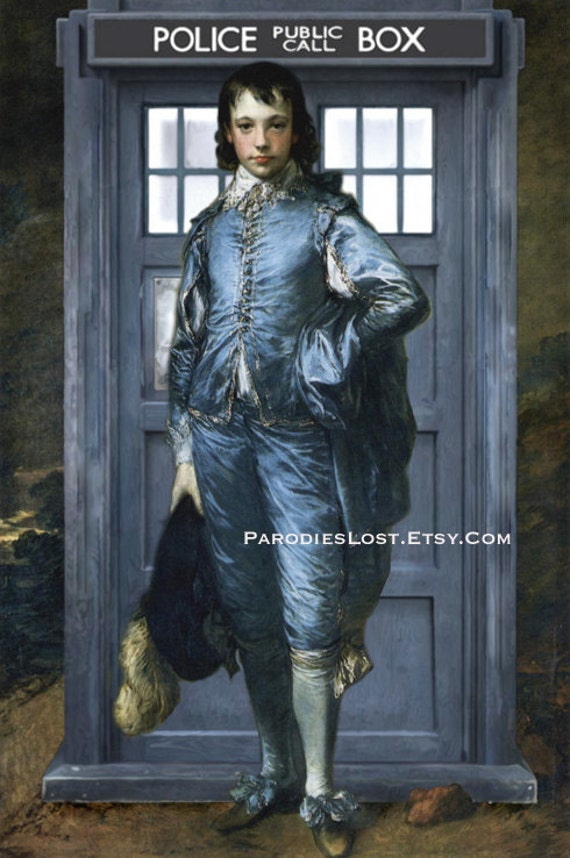




 Made my day reading that. I'm hoping the Rife Frequencies are working their magic for you too. Are you still using them?
Made my day reading that. I'm hoping the Rife Frequencies are working their magic for you too. Are you still using them? 





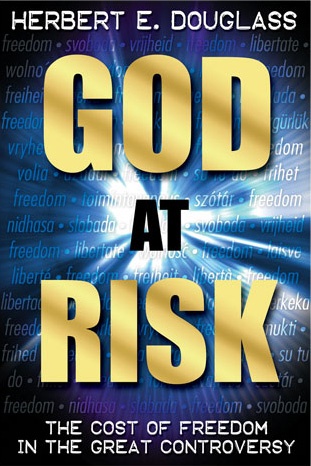






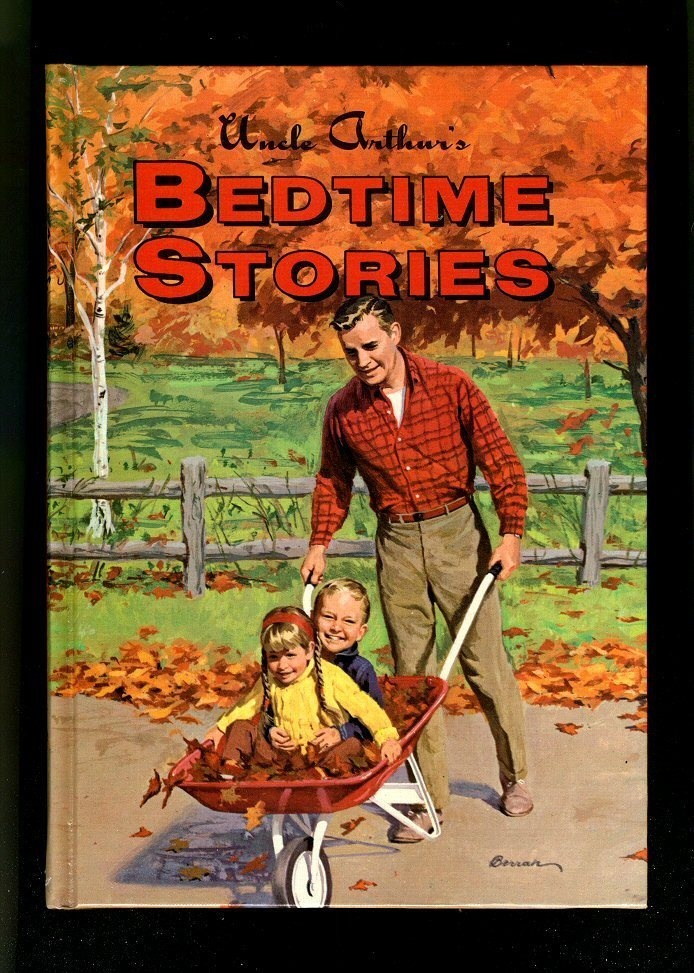
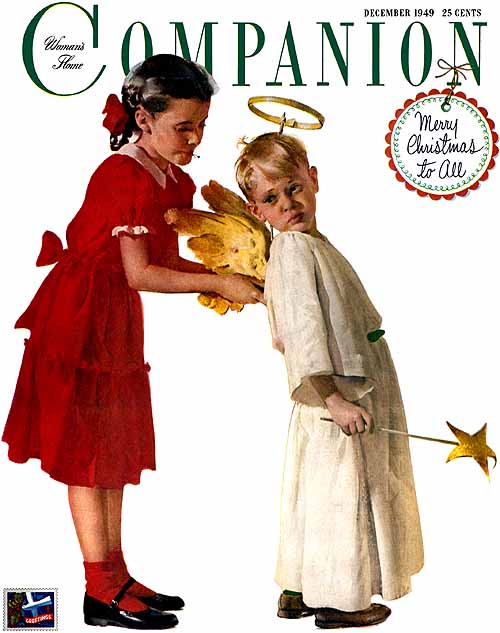
.jpg)








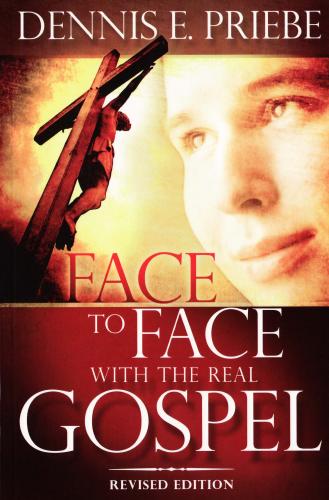




























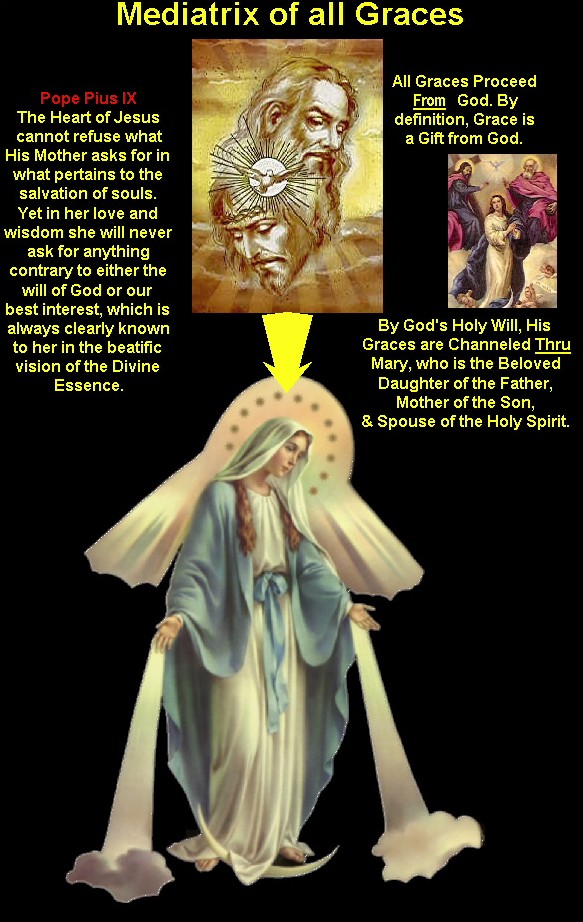




.jpg)

















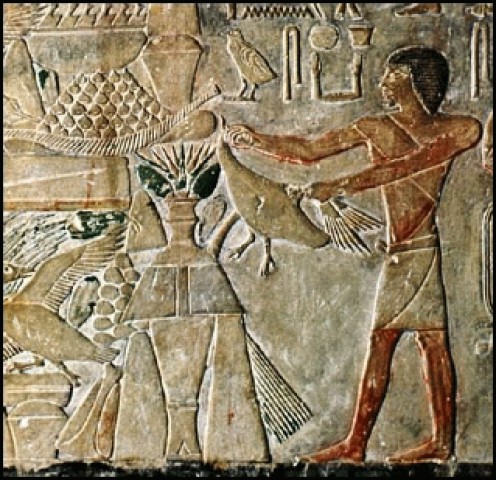
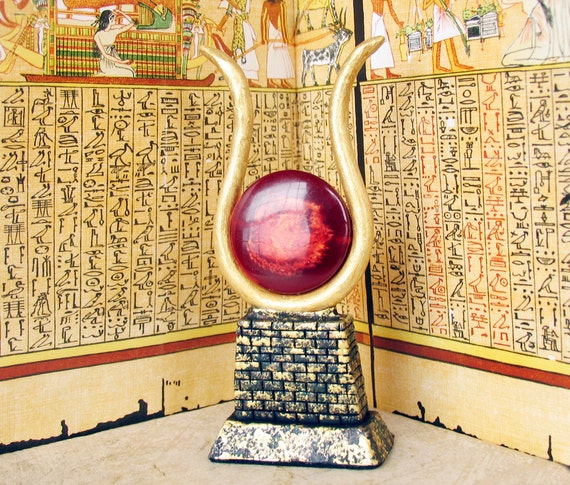















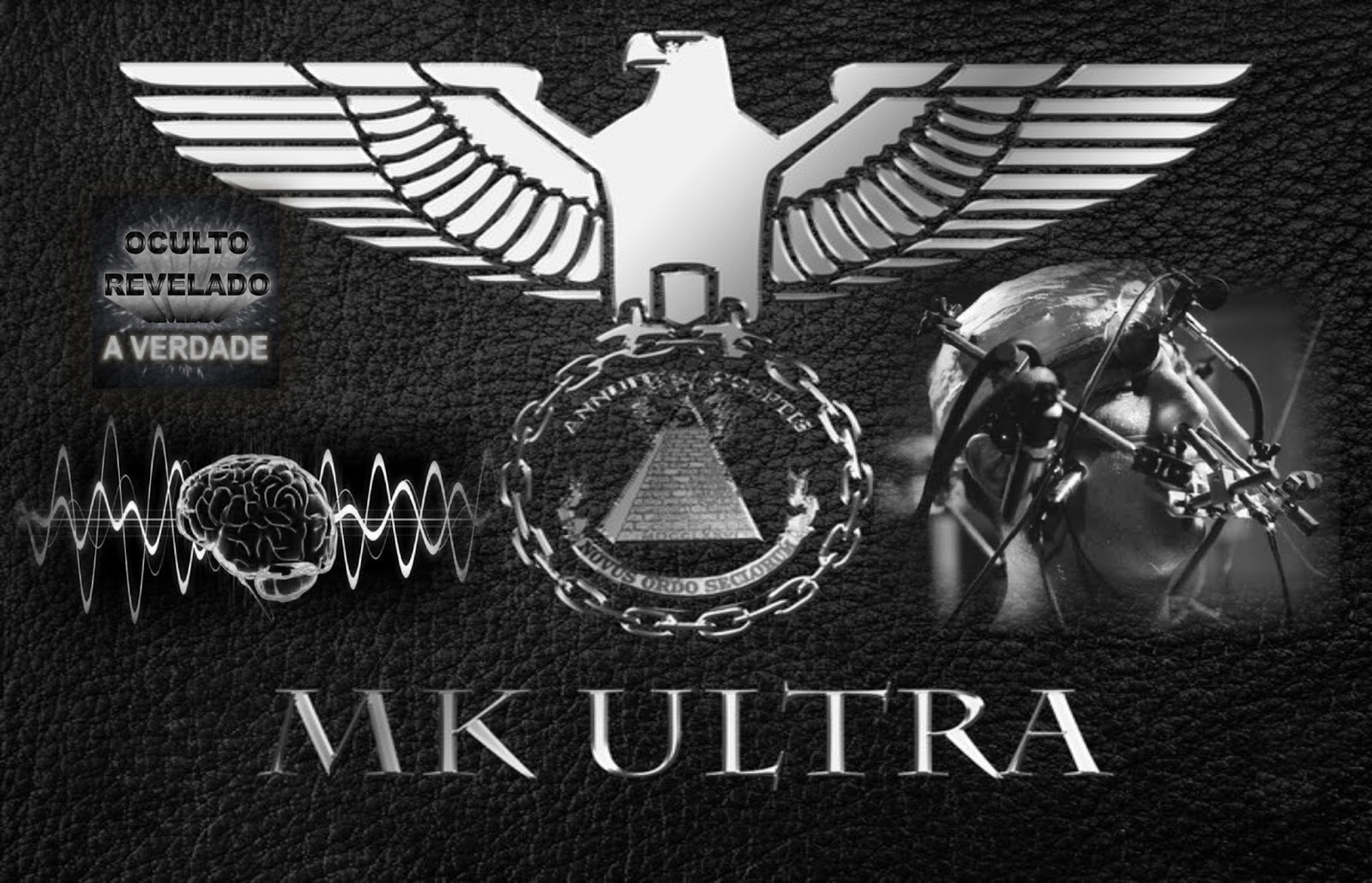










/https%3A%2F%2Fblueprint-api-production.s3.amazonaws.com%2Fuploads%2Fcard%2Fimage%2F649341%2Fb05caefb-d262-489f-832d-4a2bad253257.jpg)










-large-picture.jpg)



























































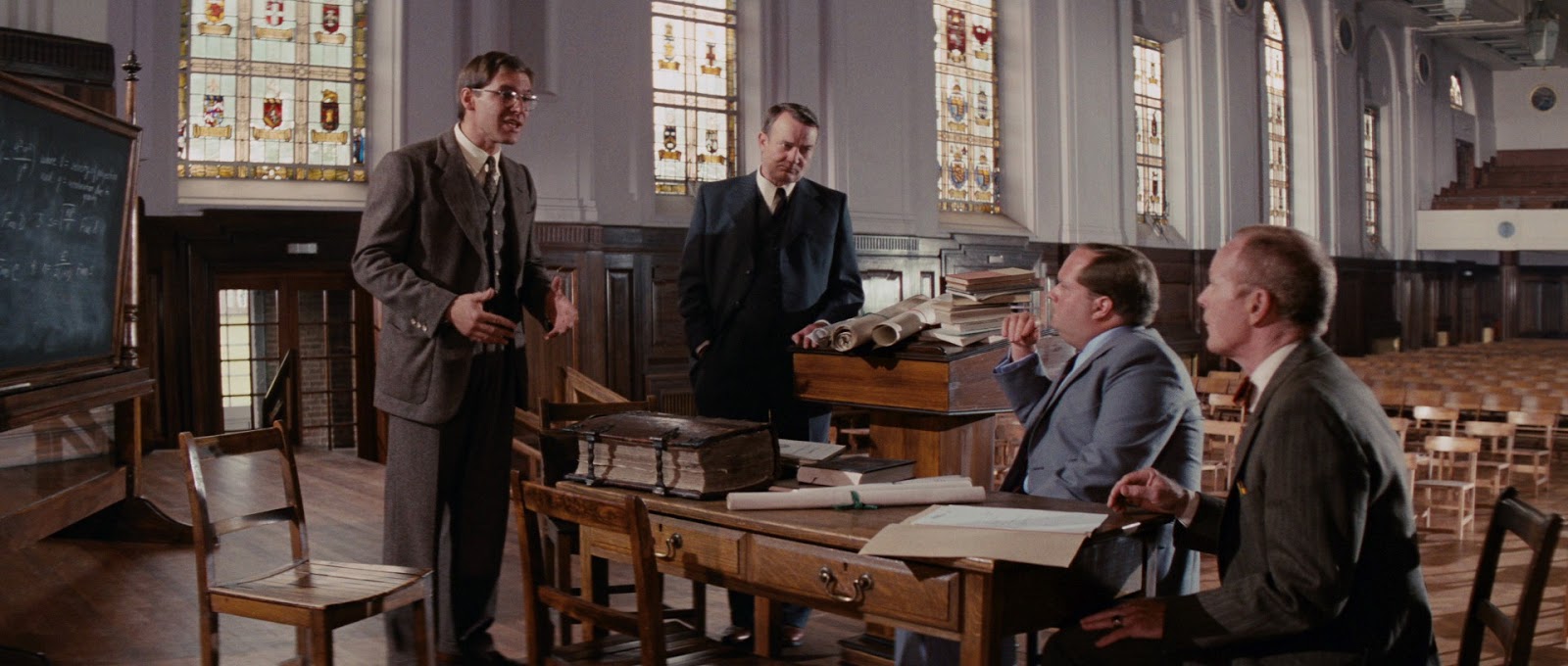
















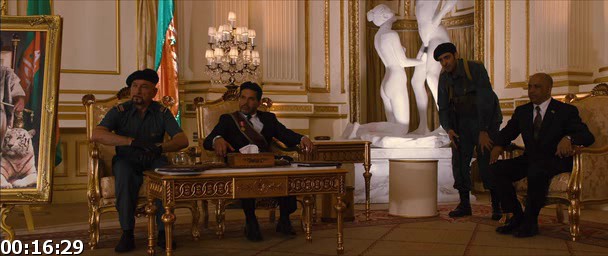









.png)
